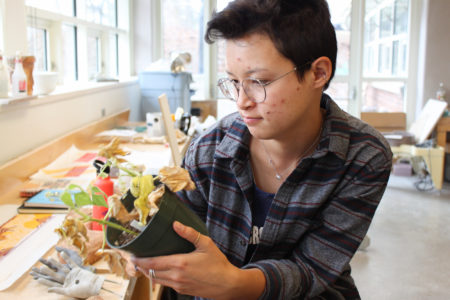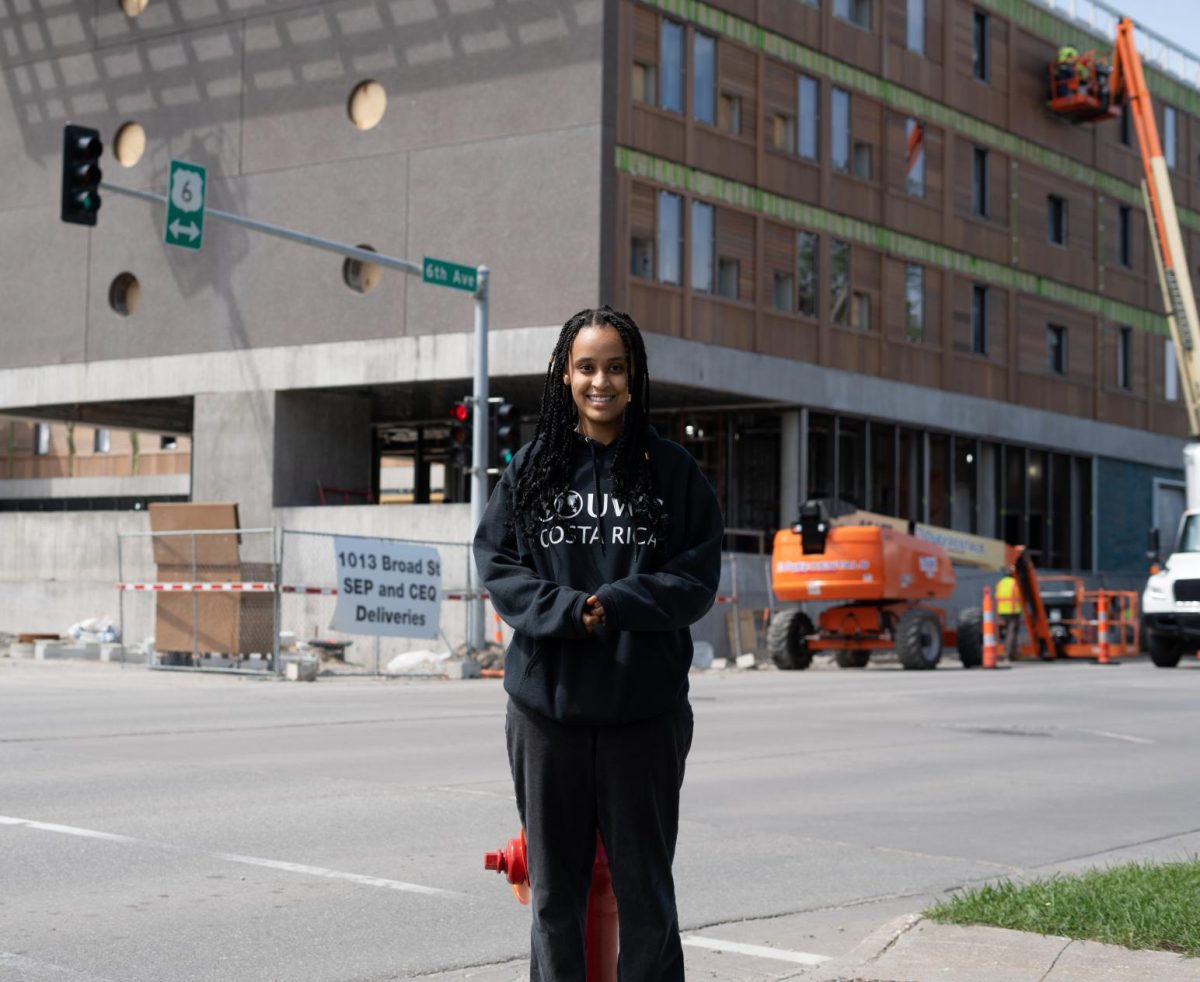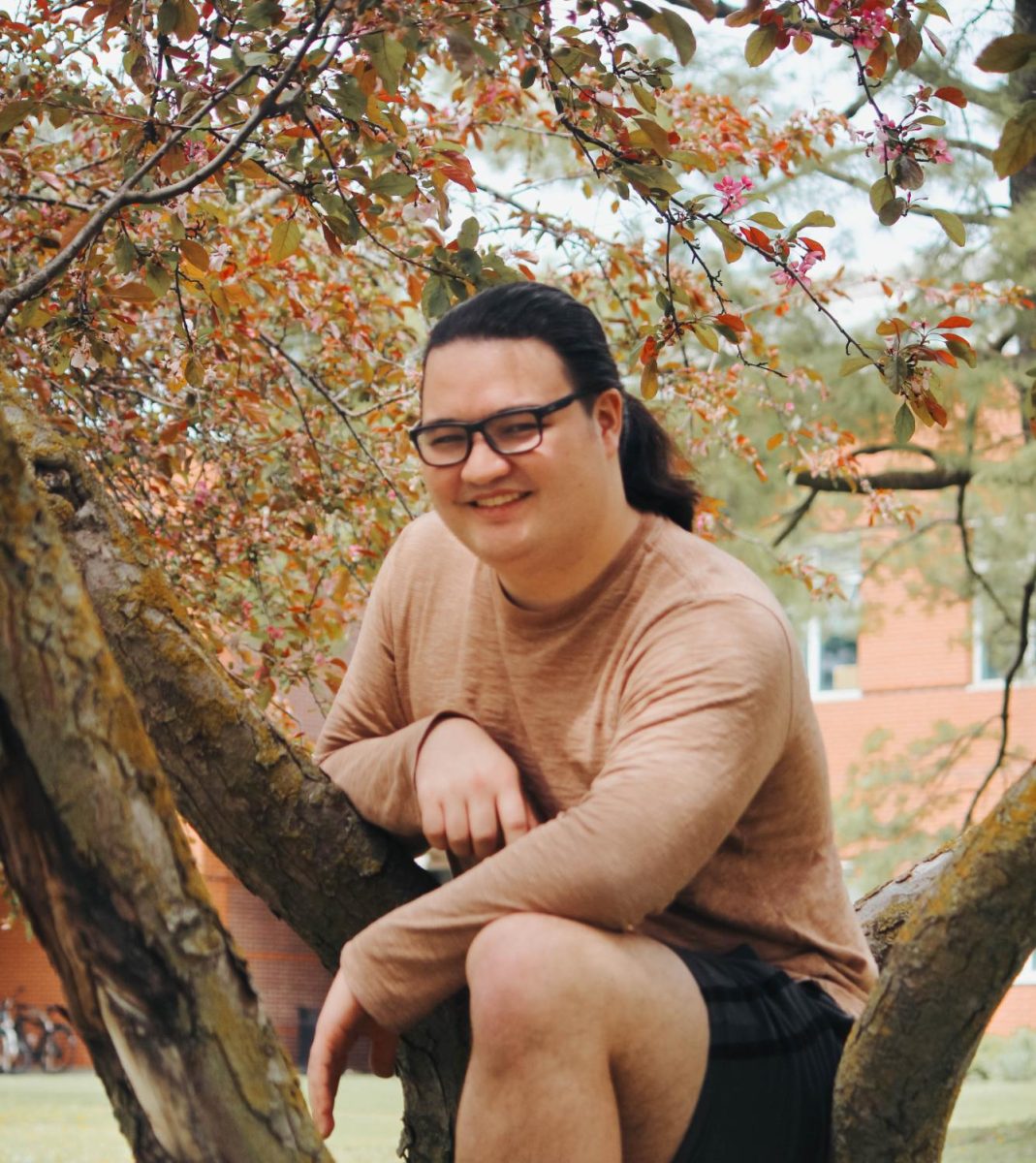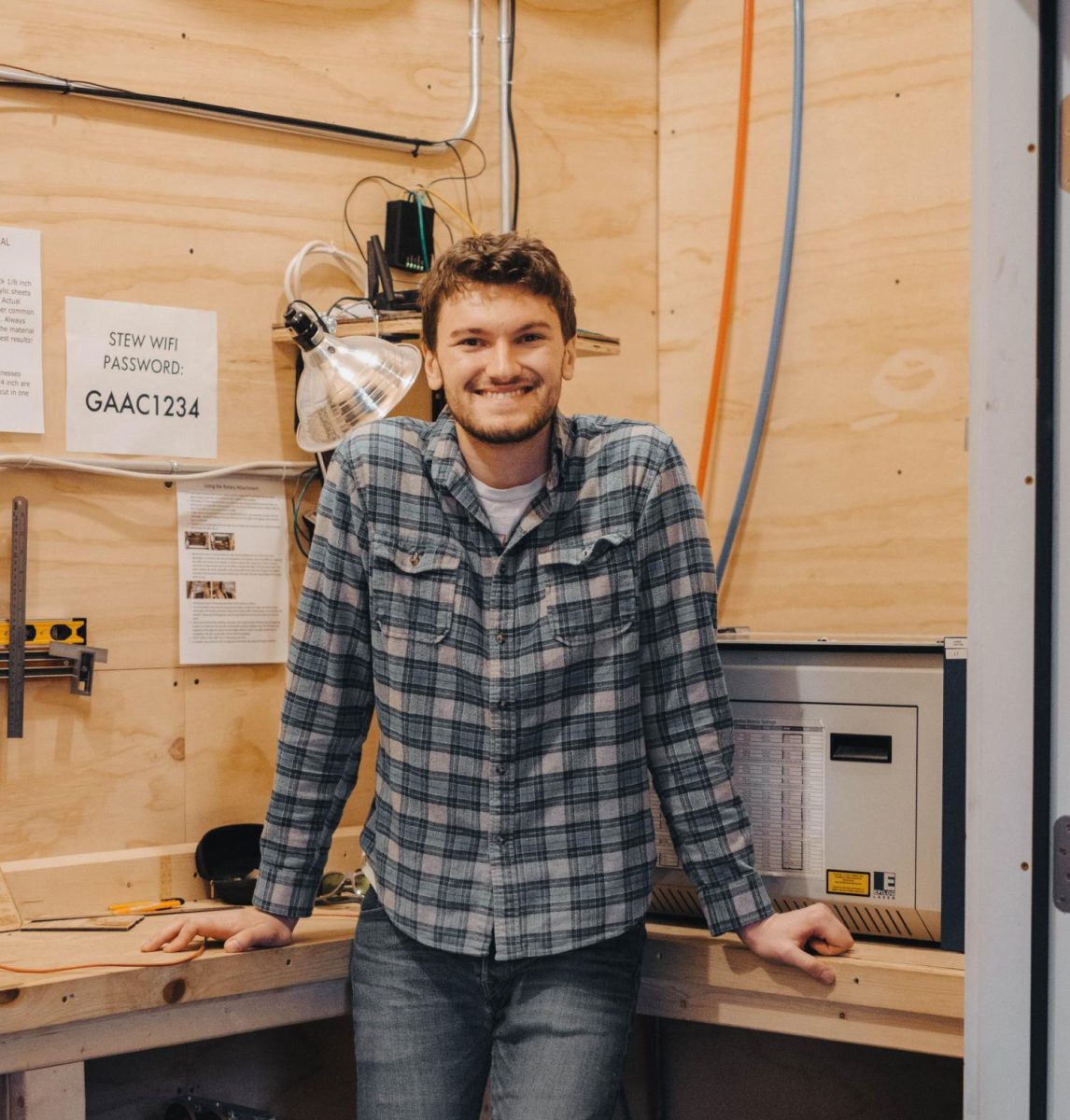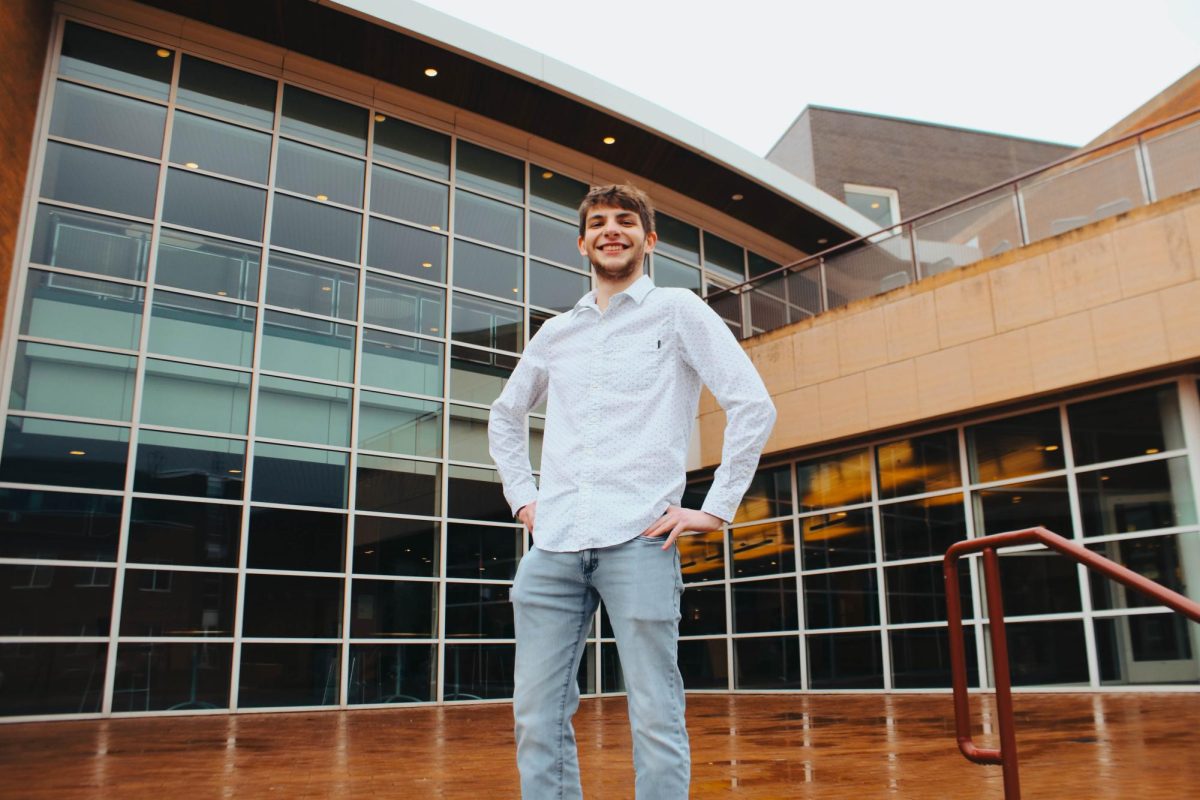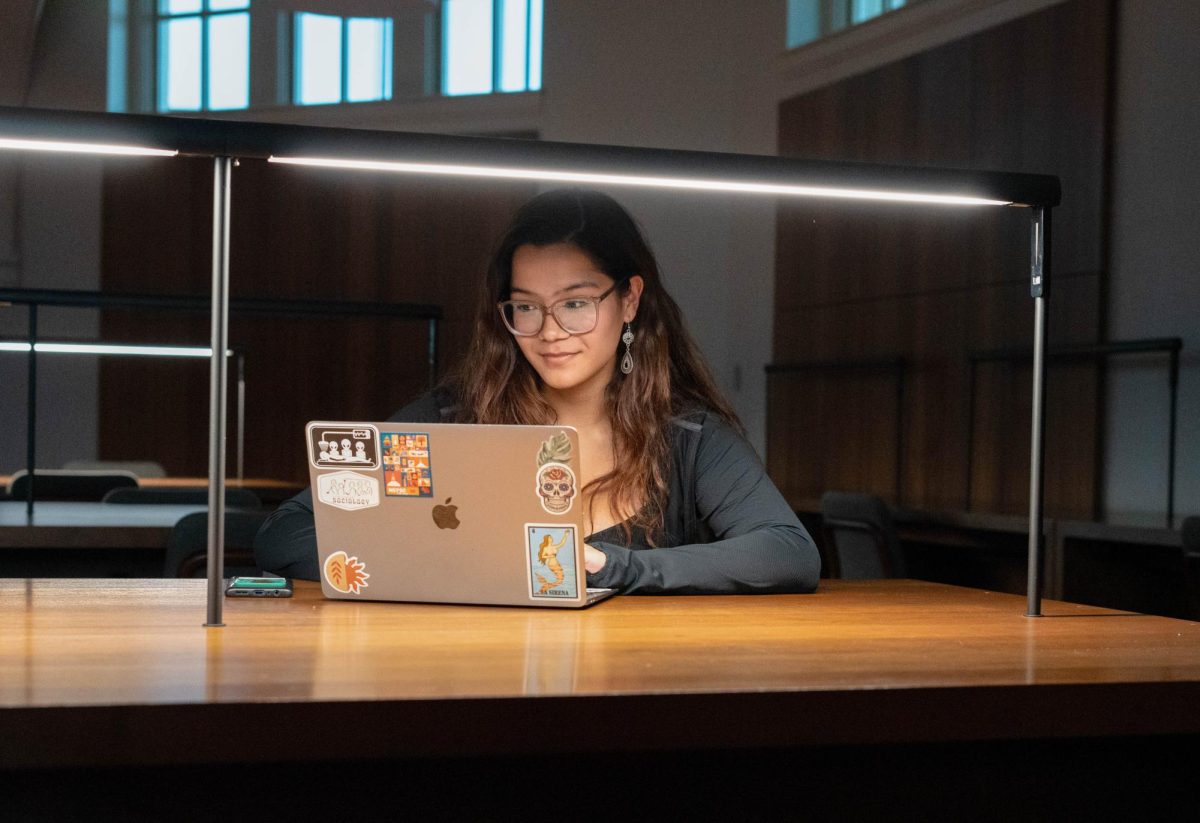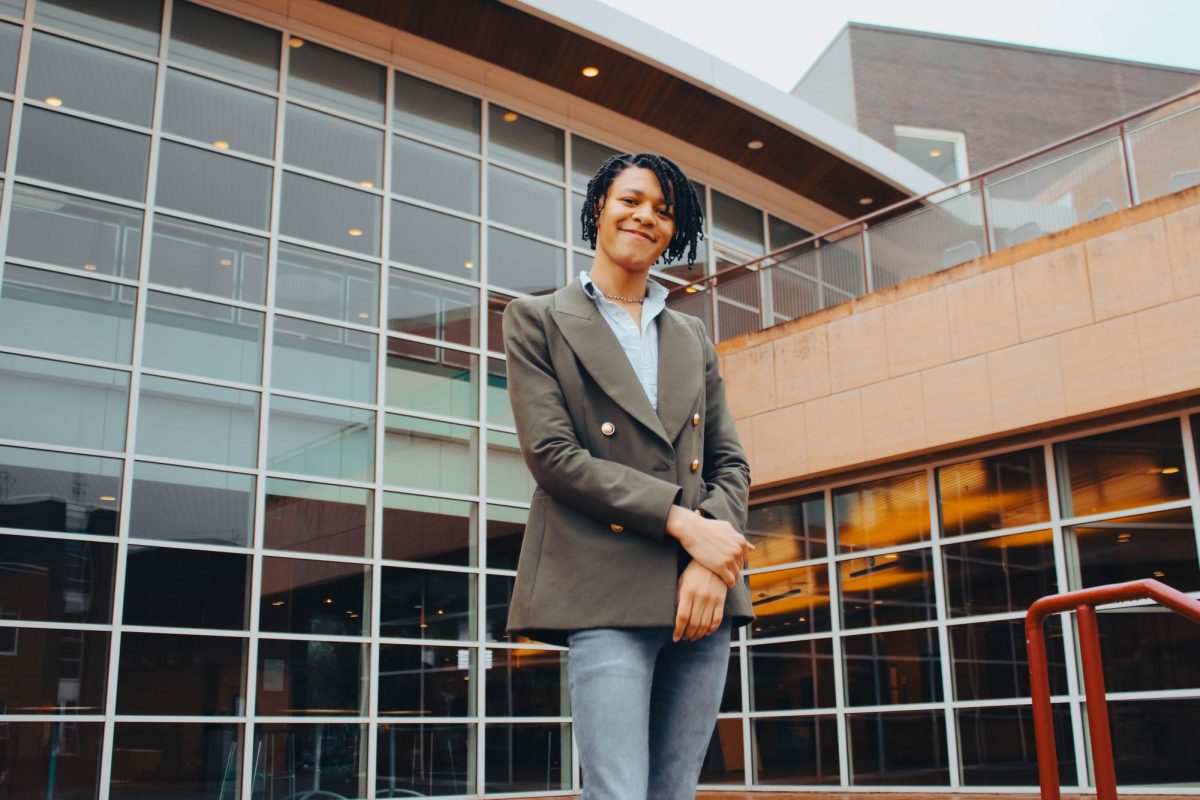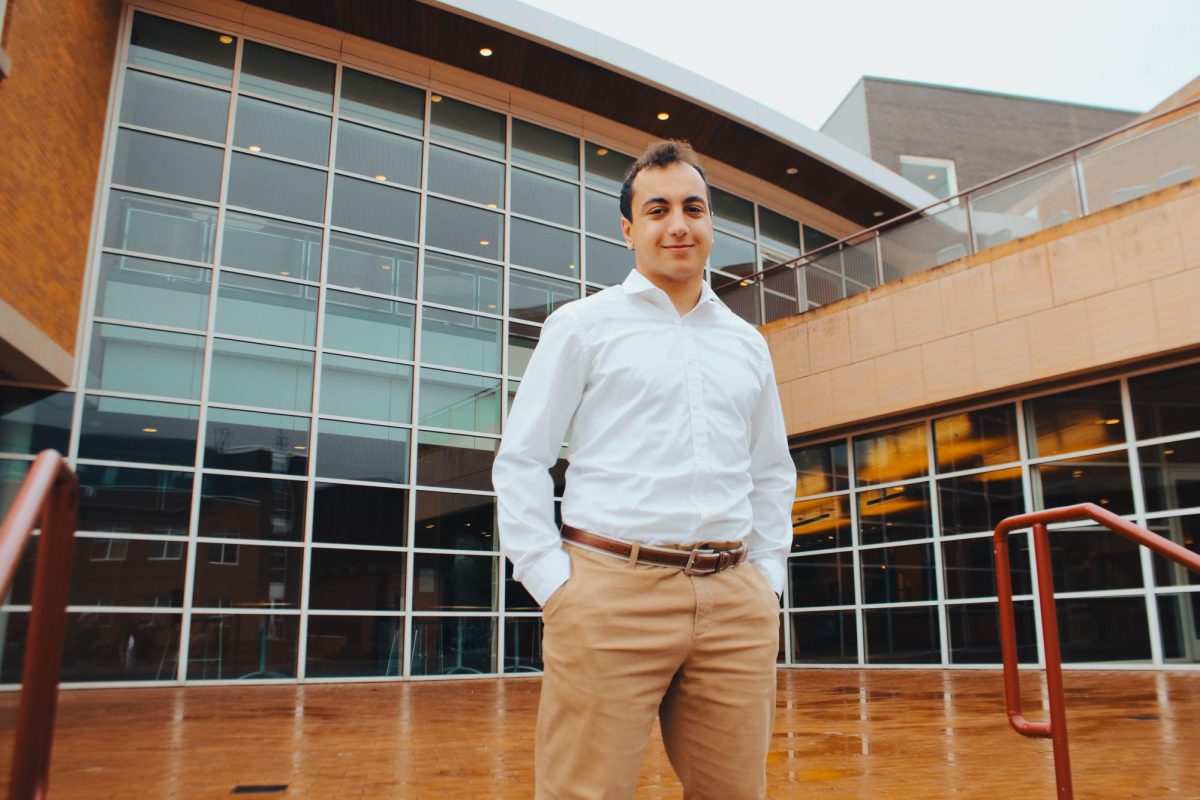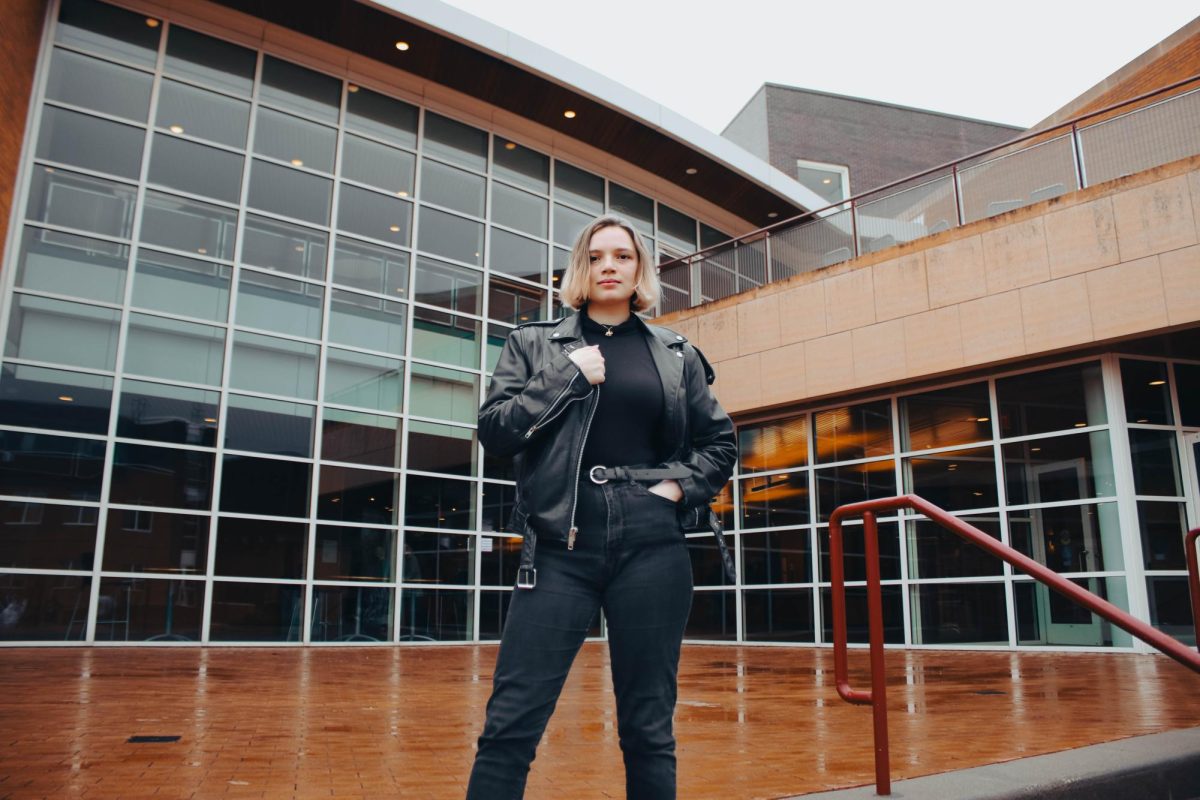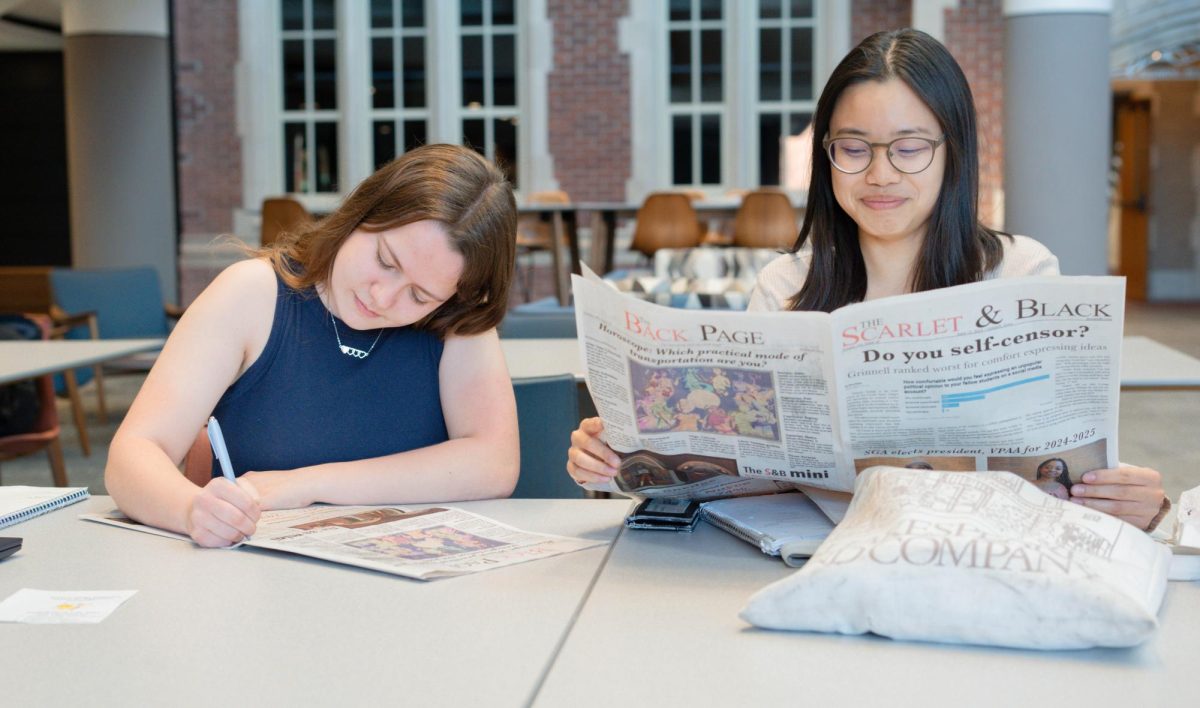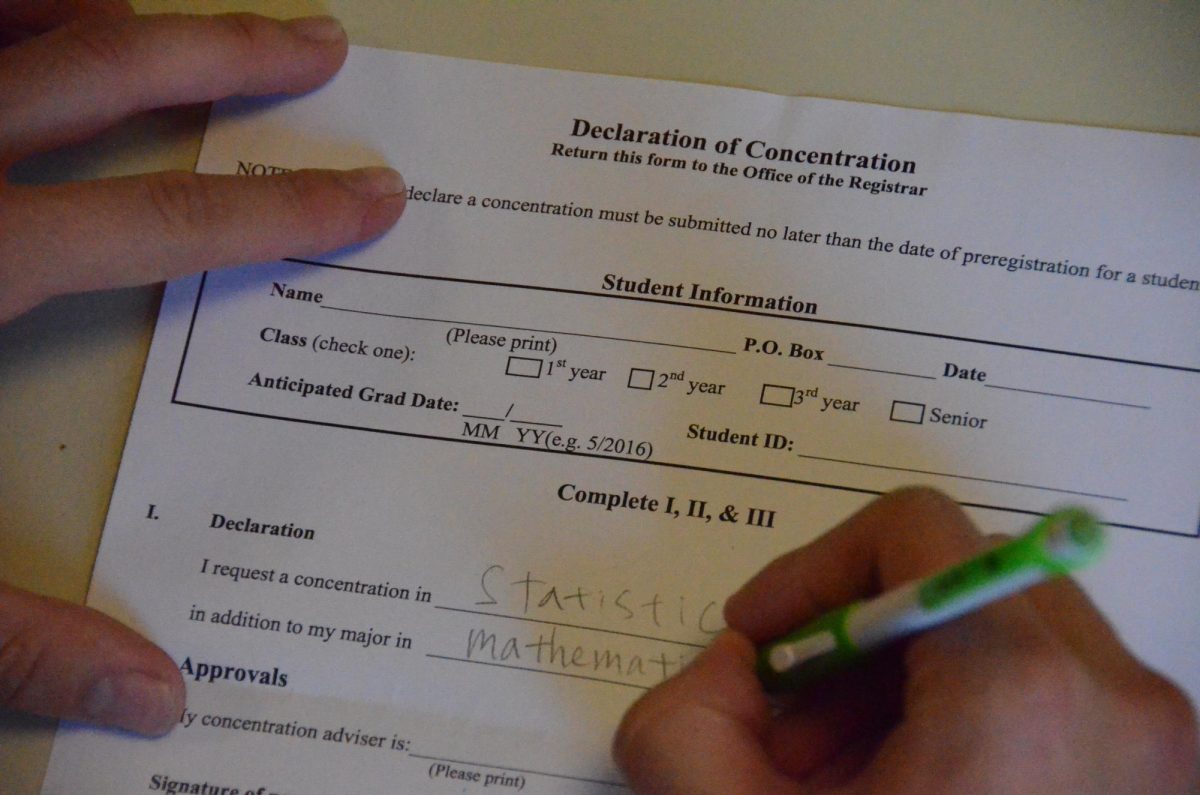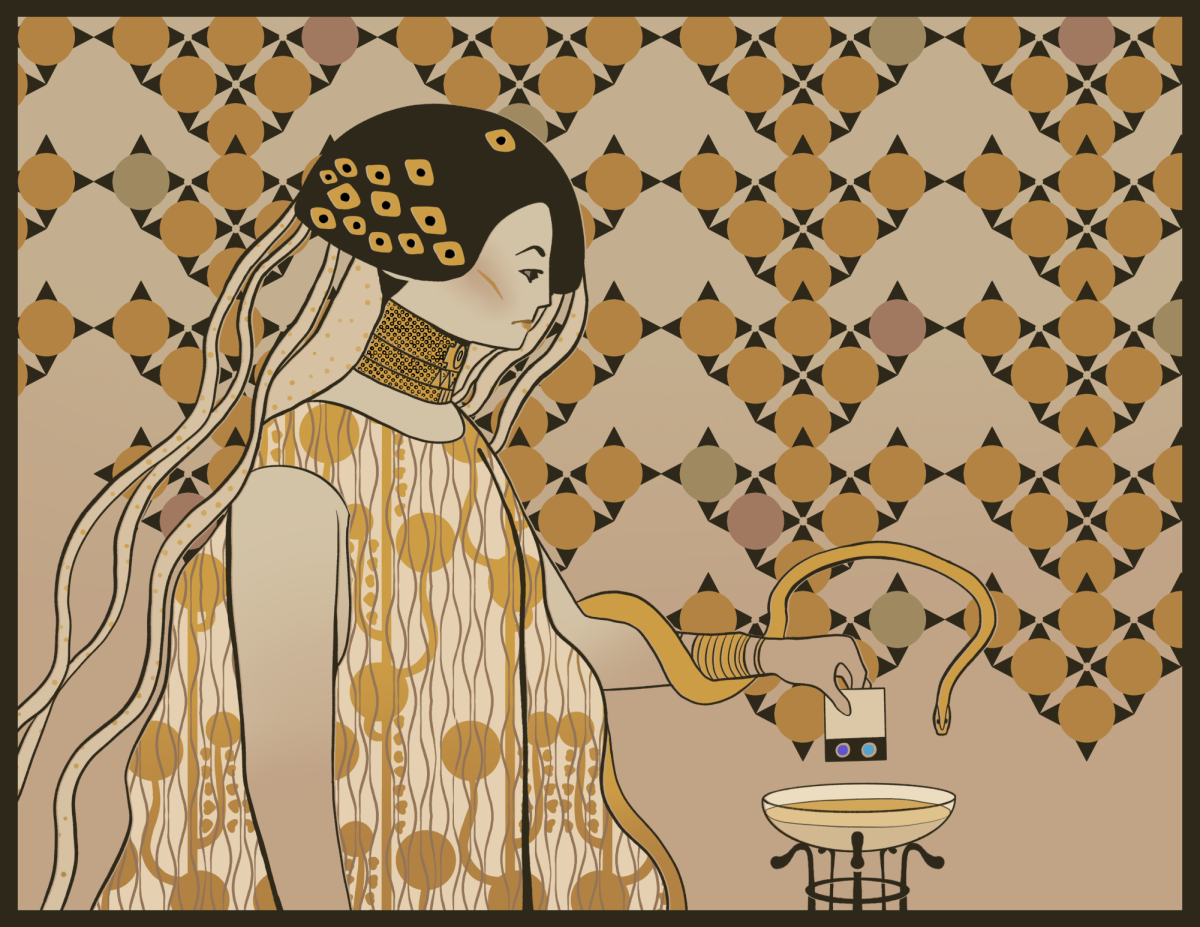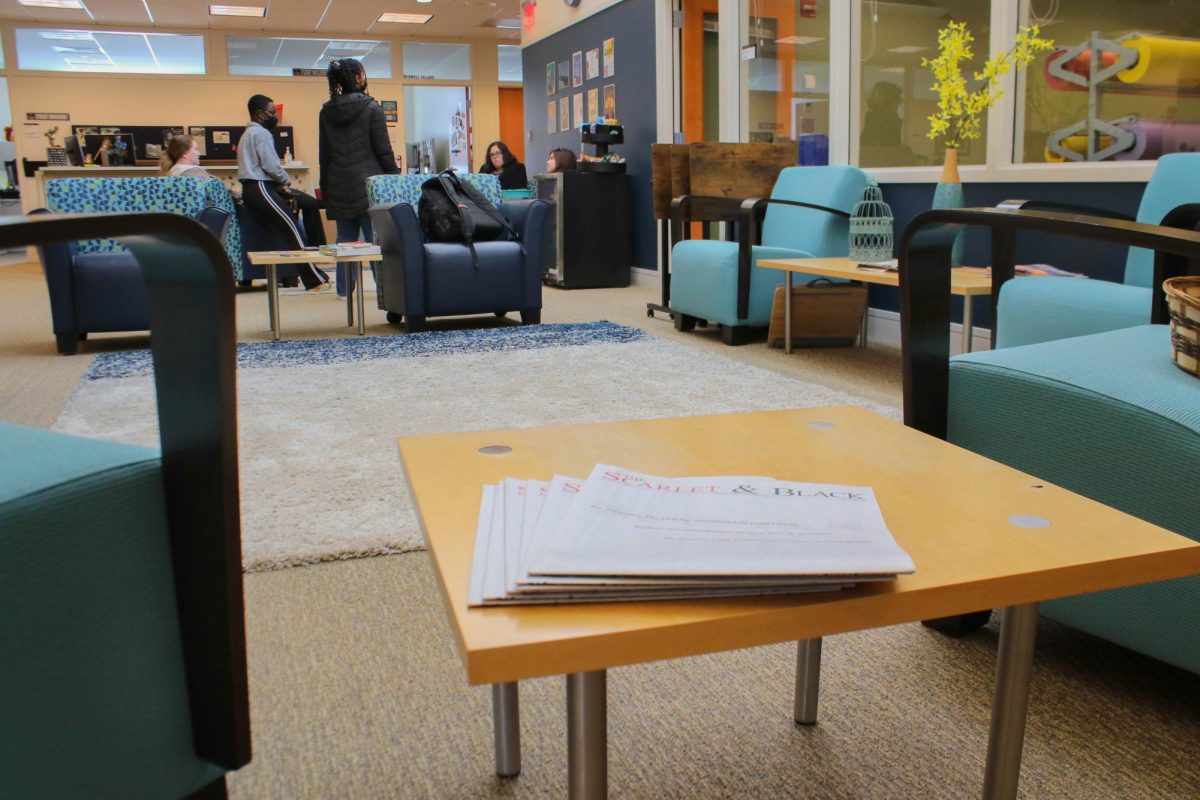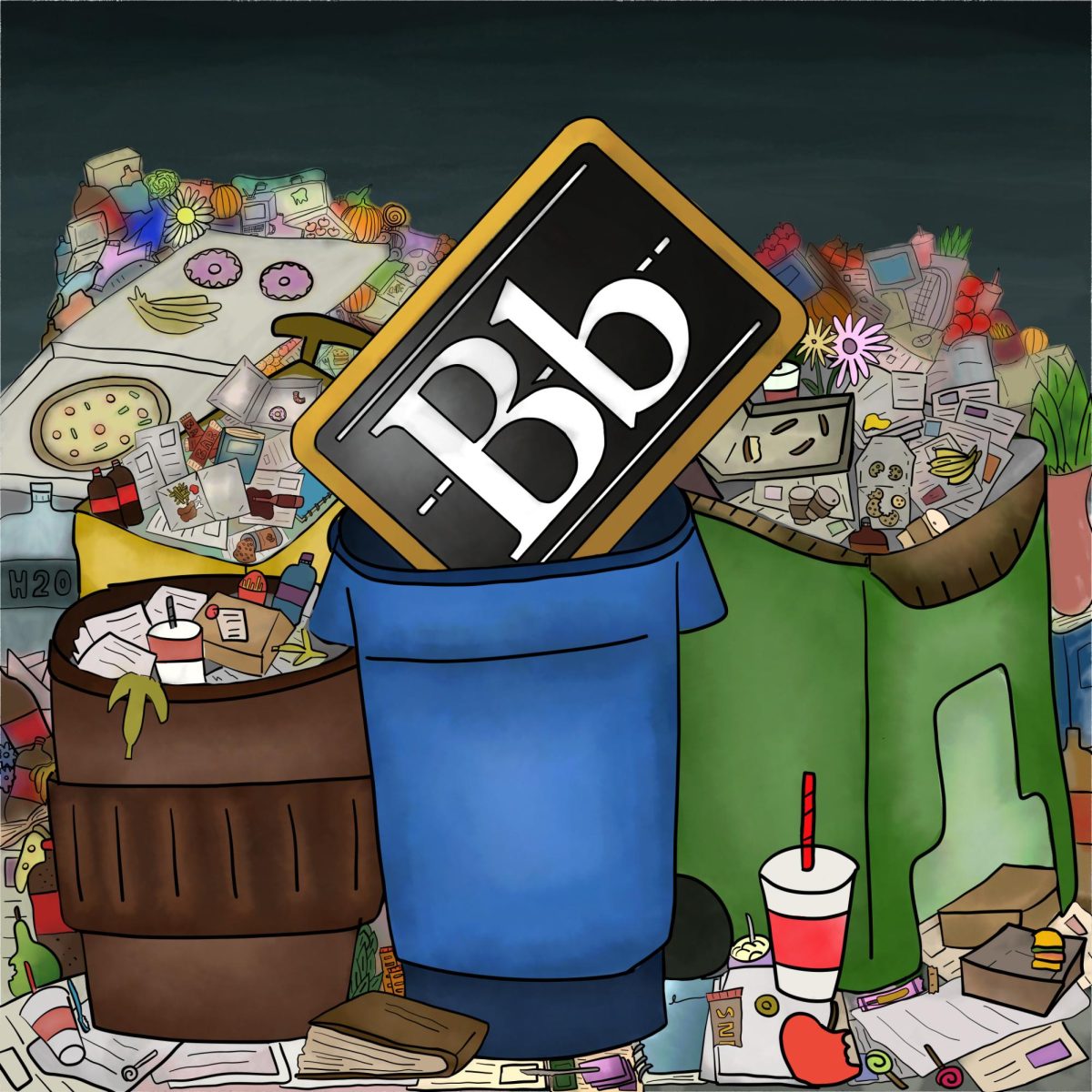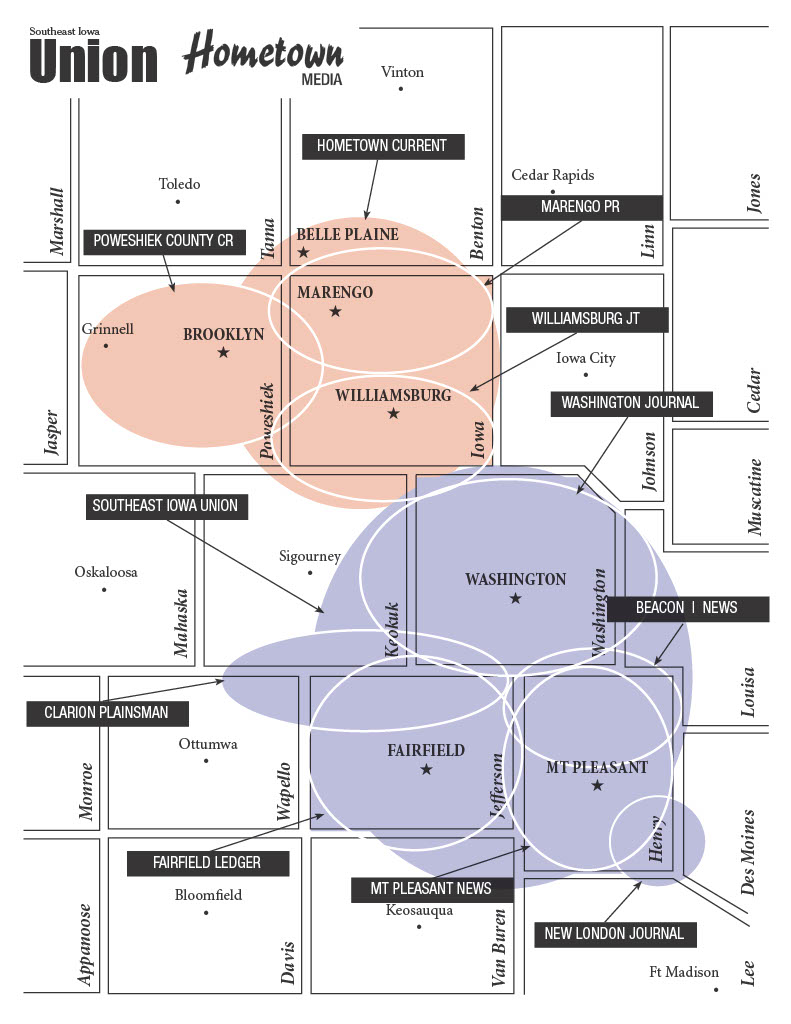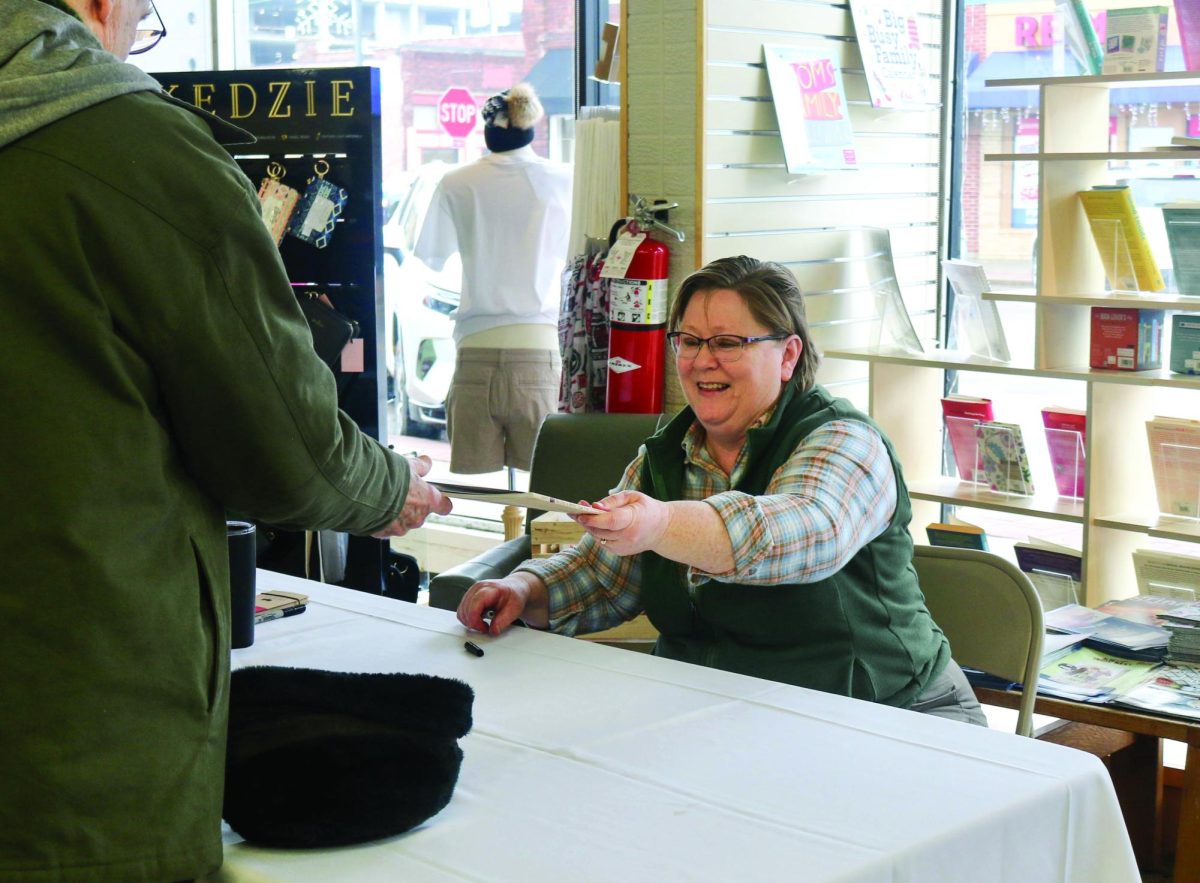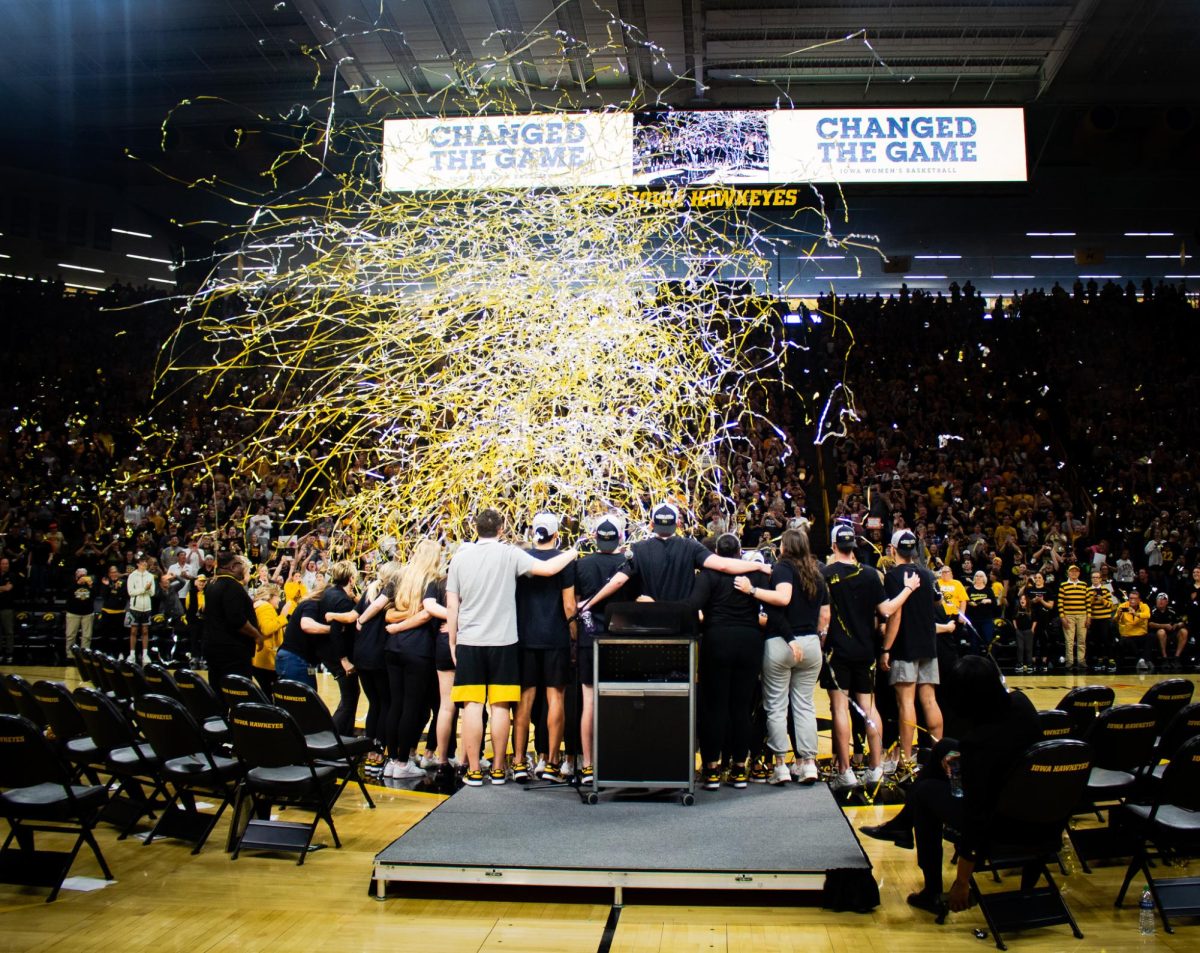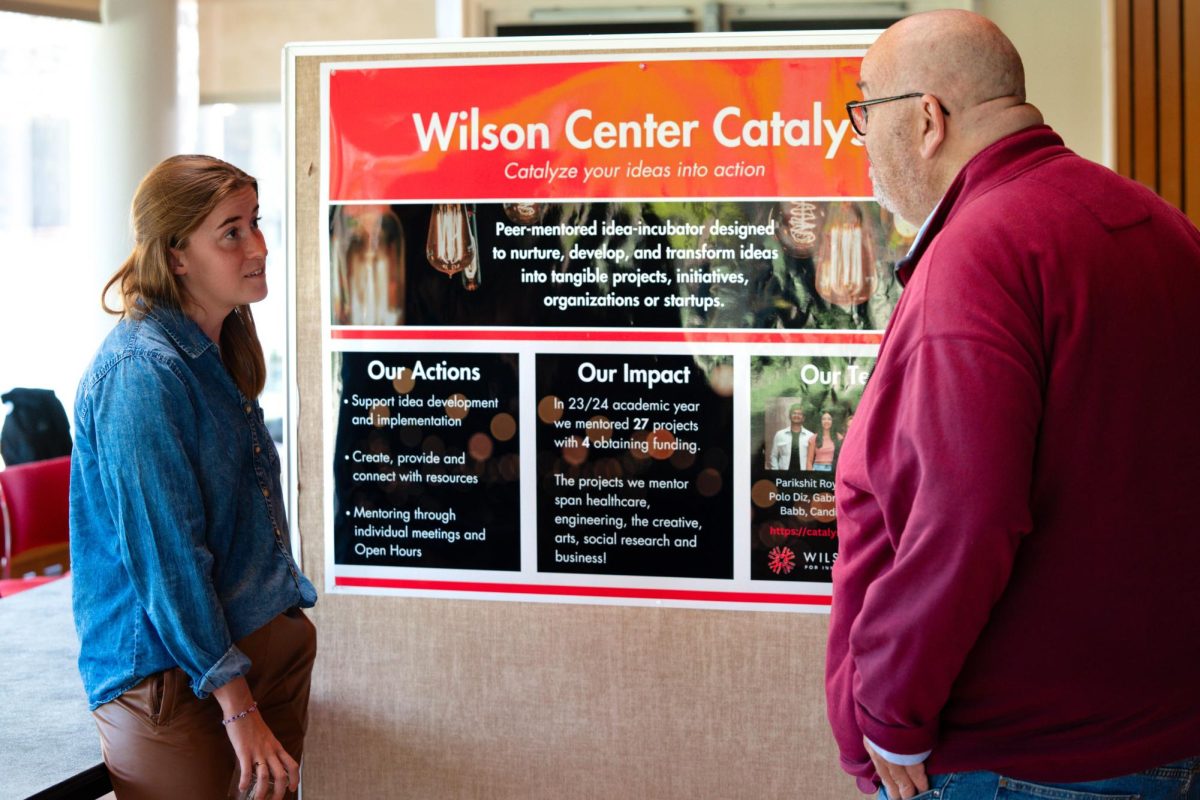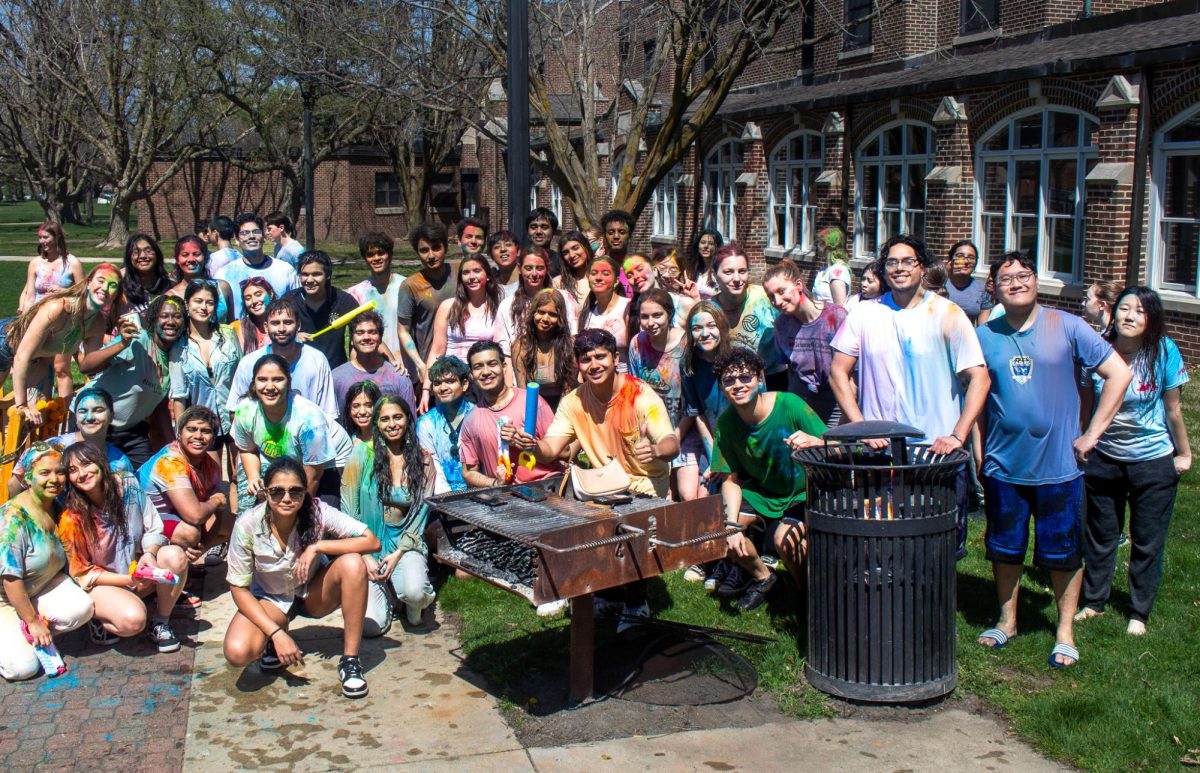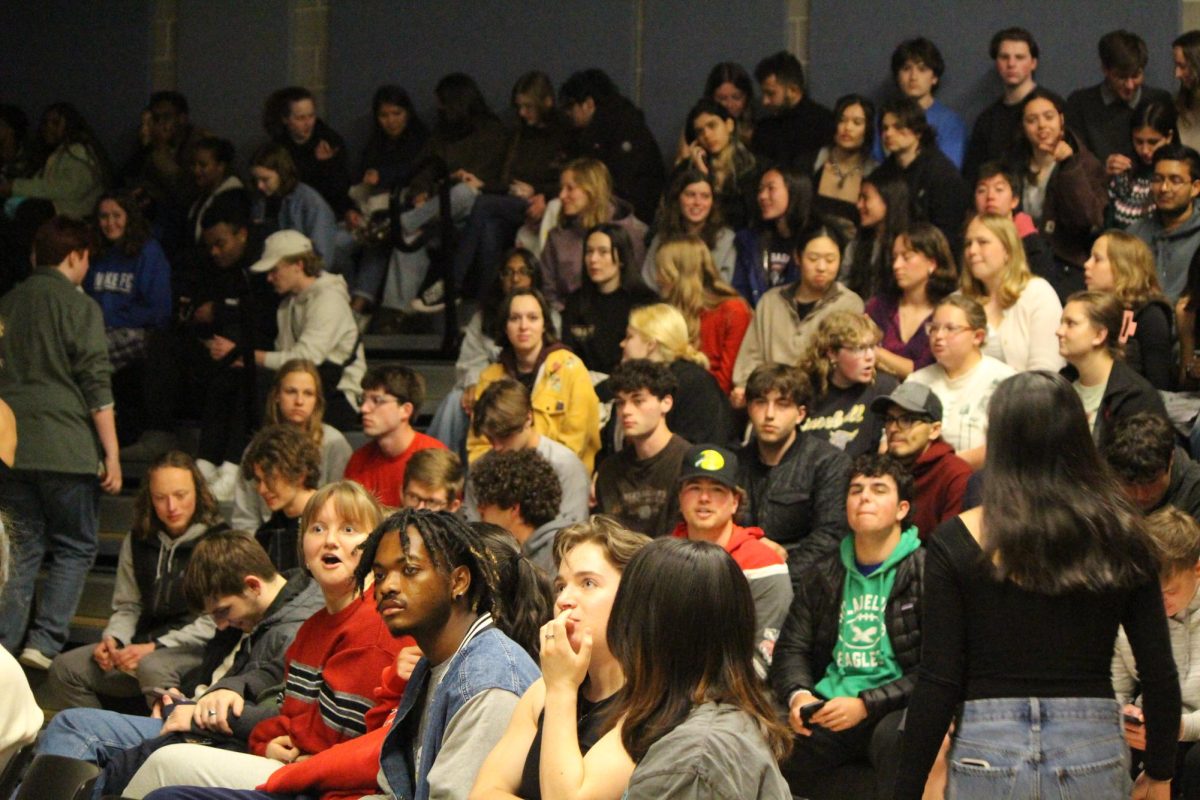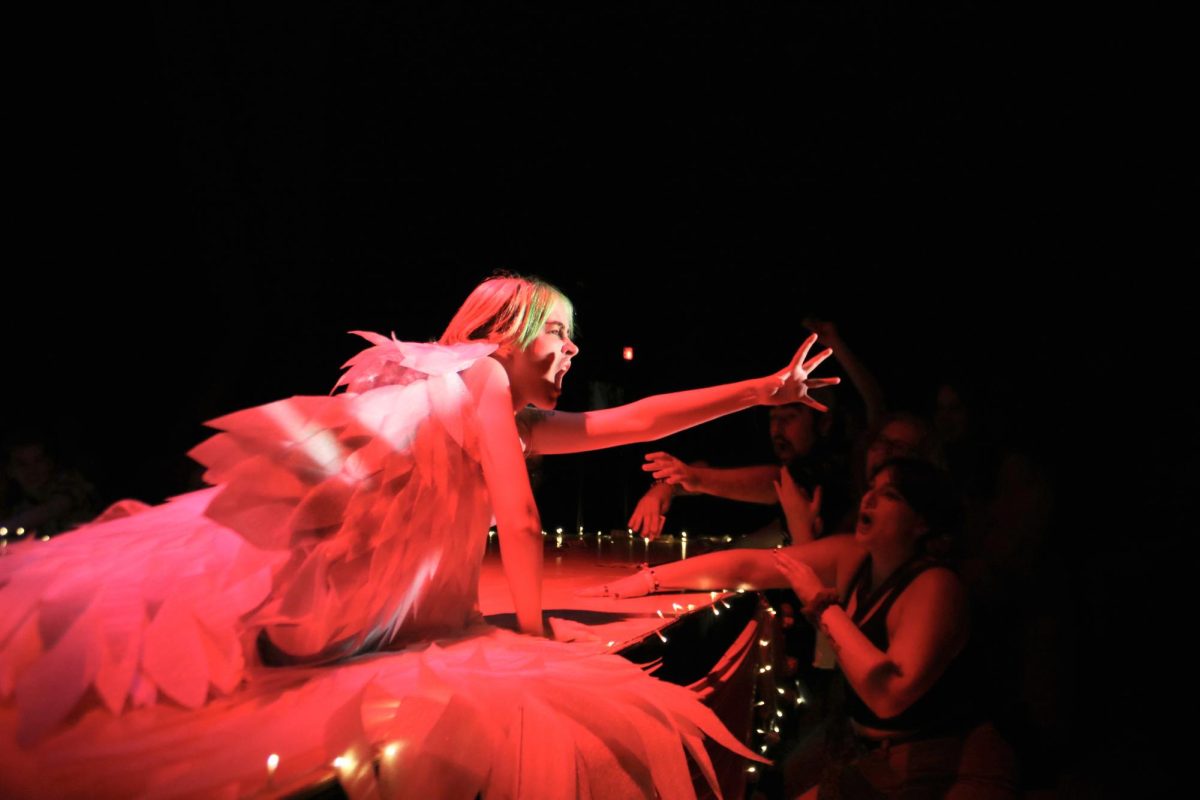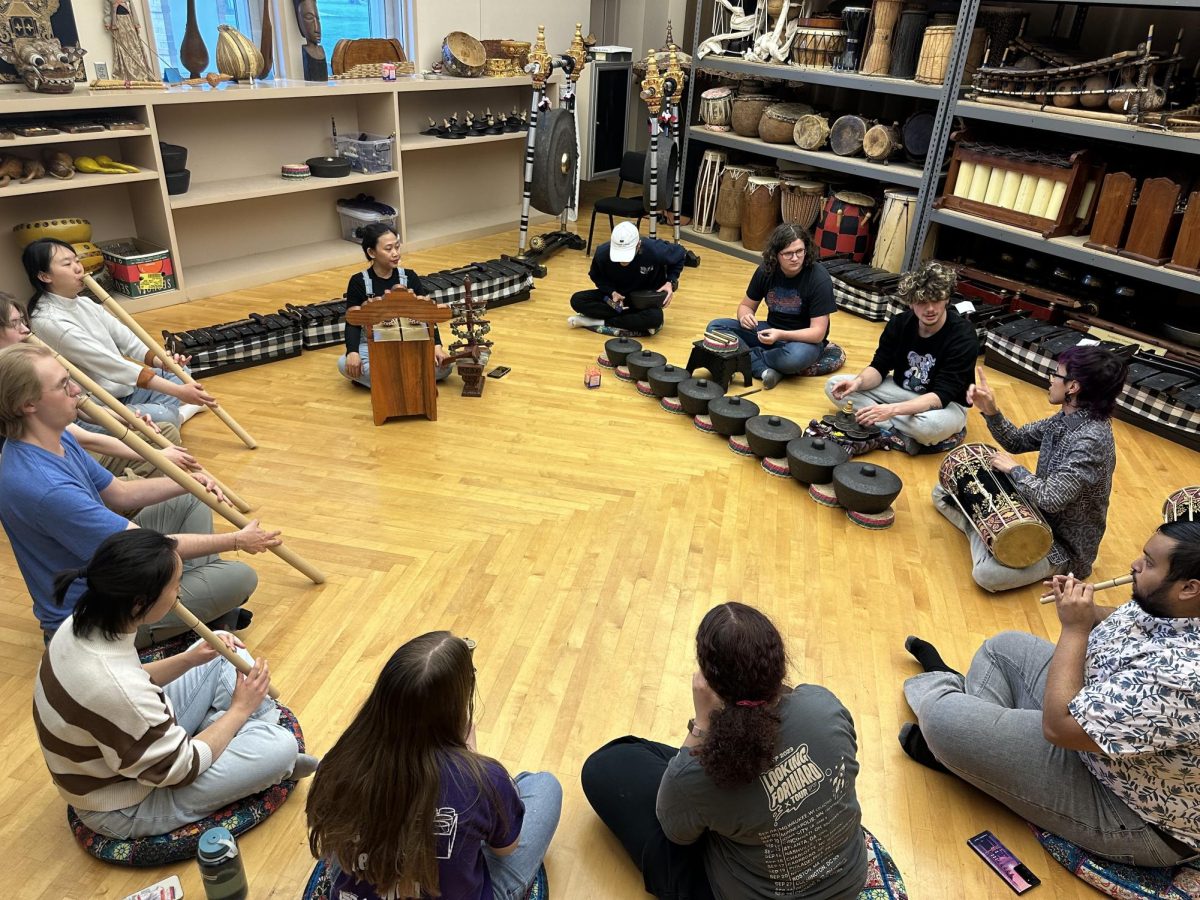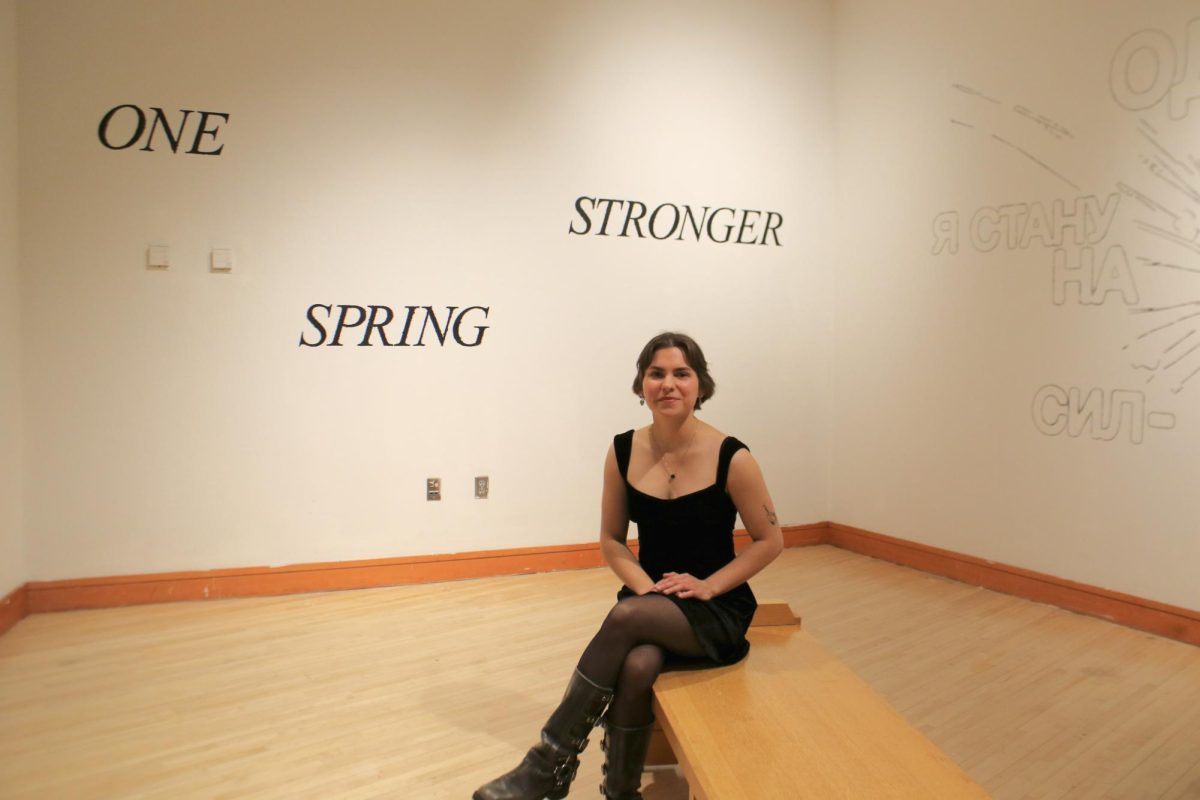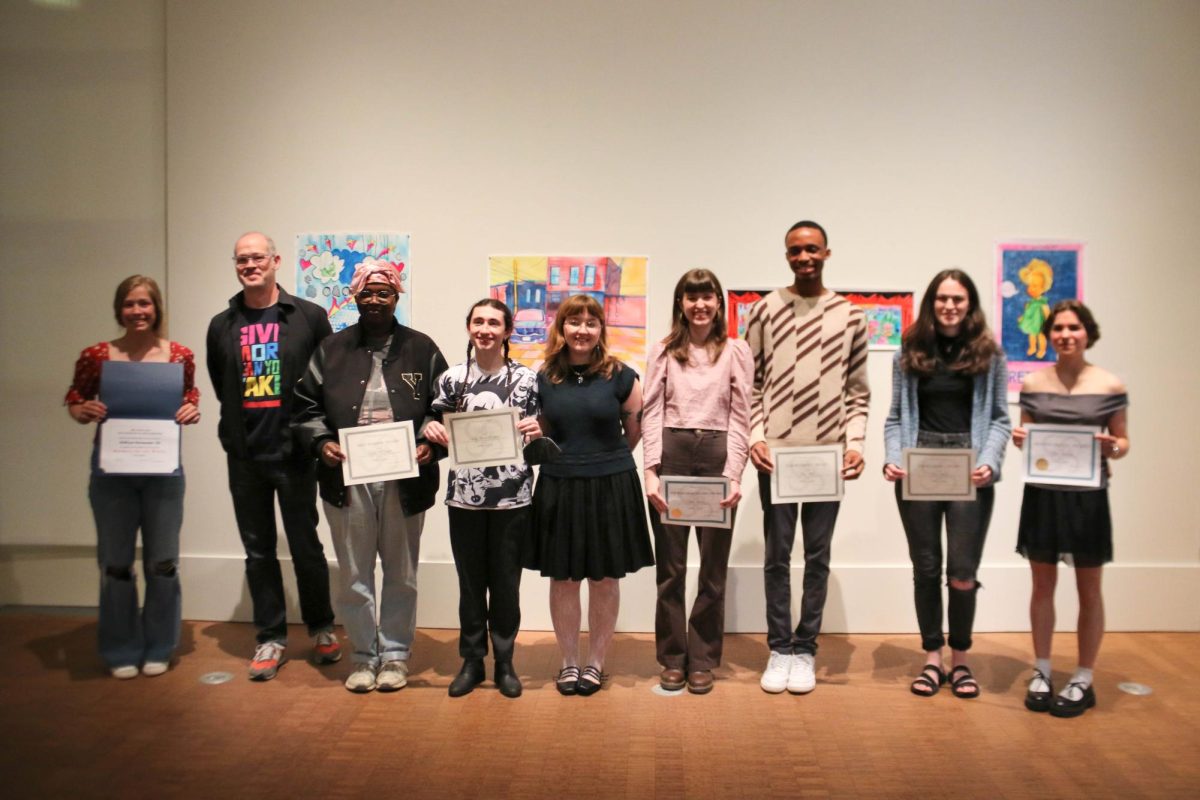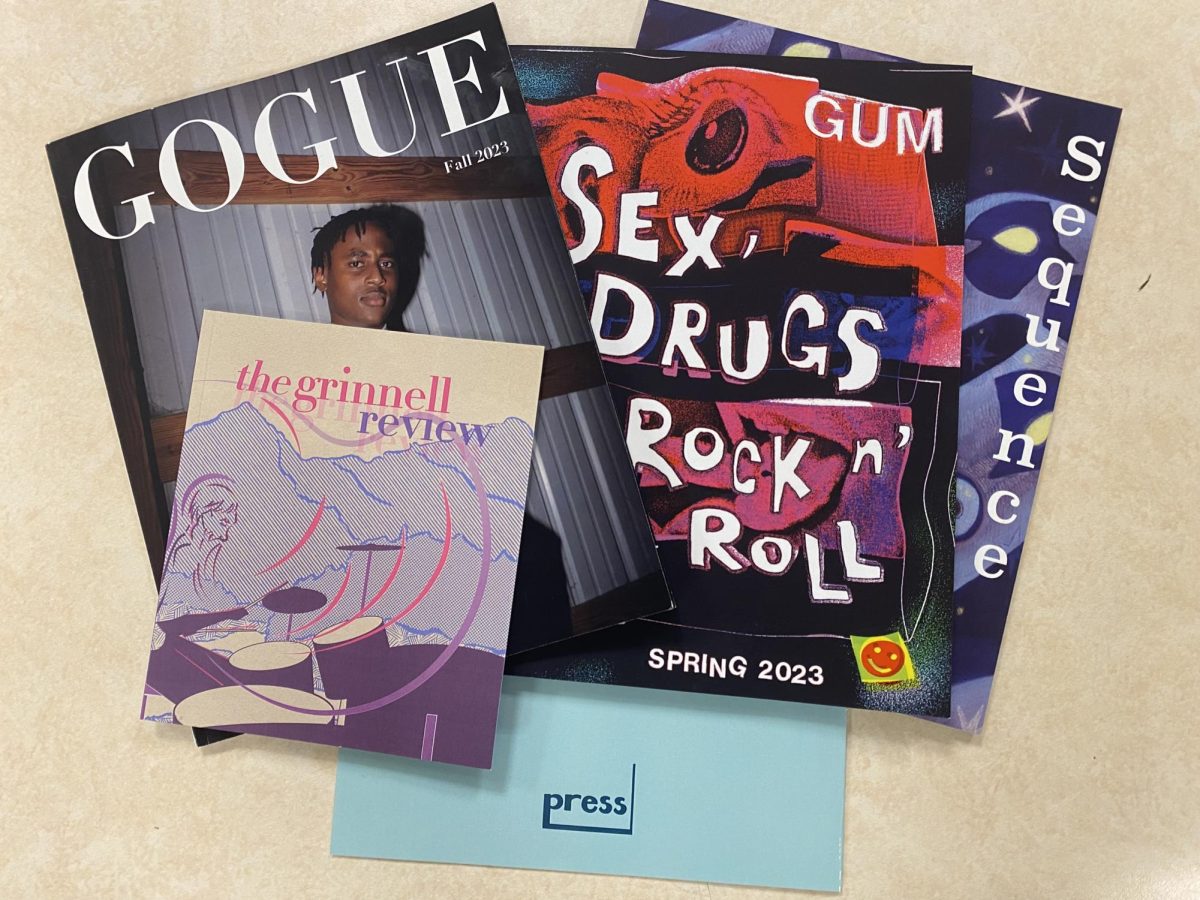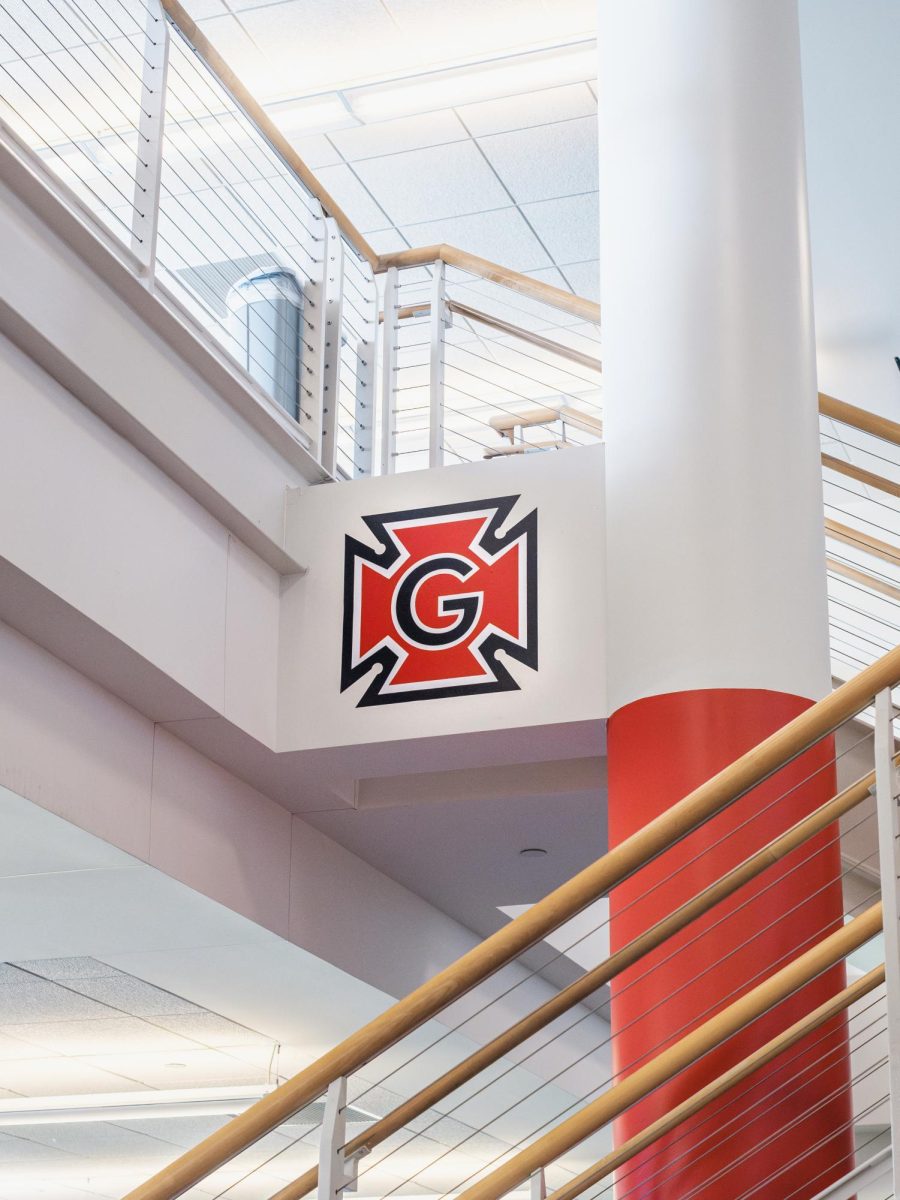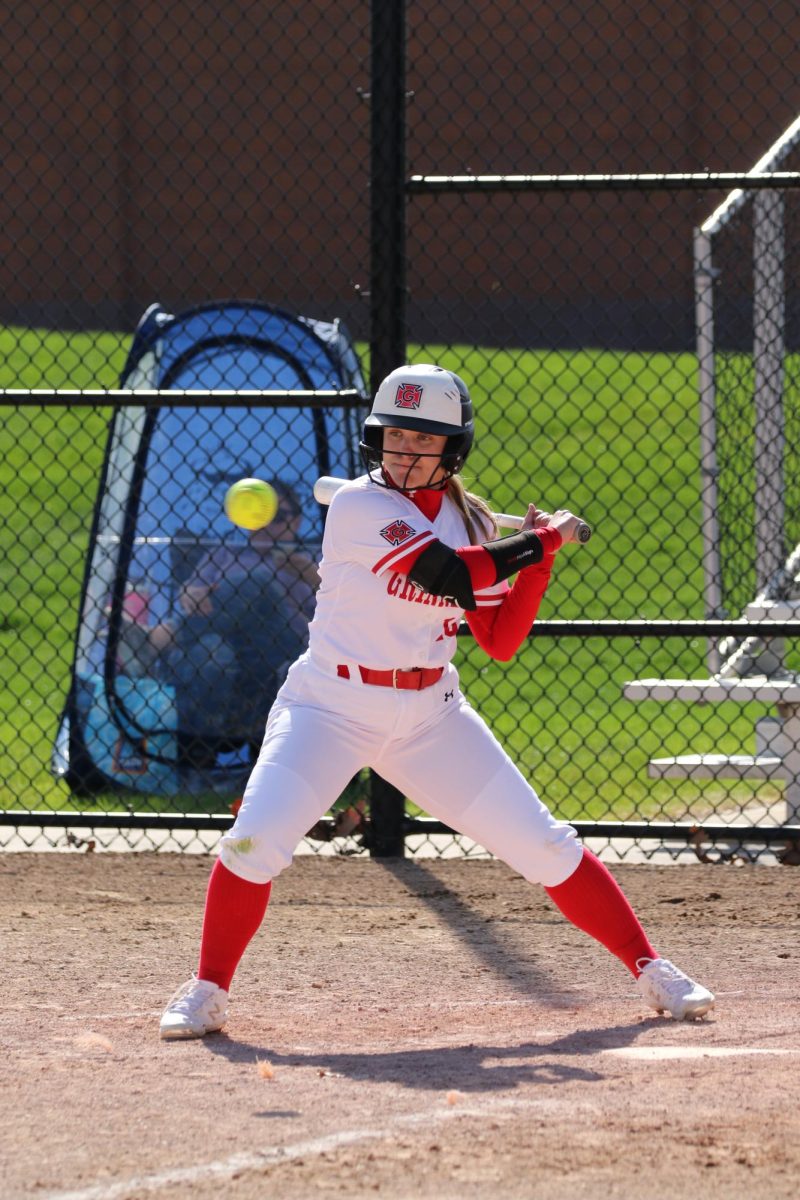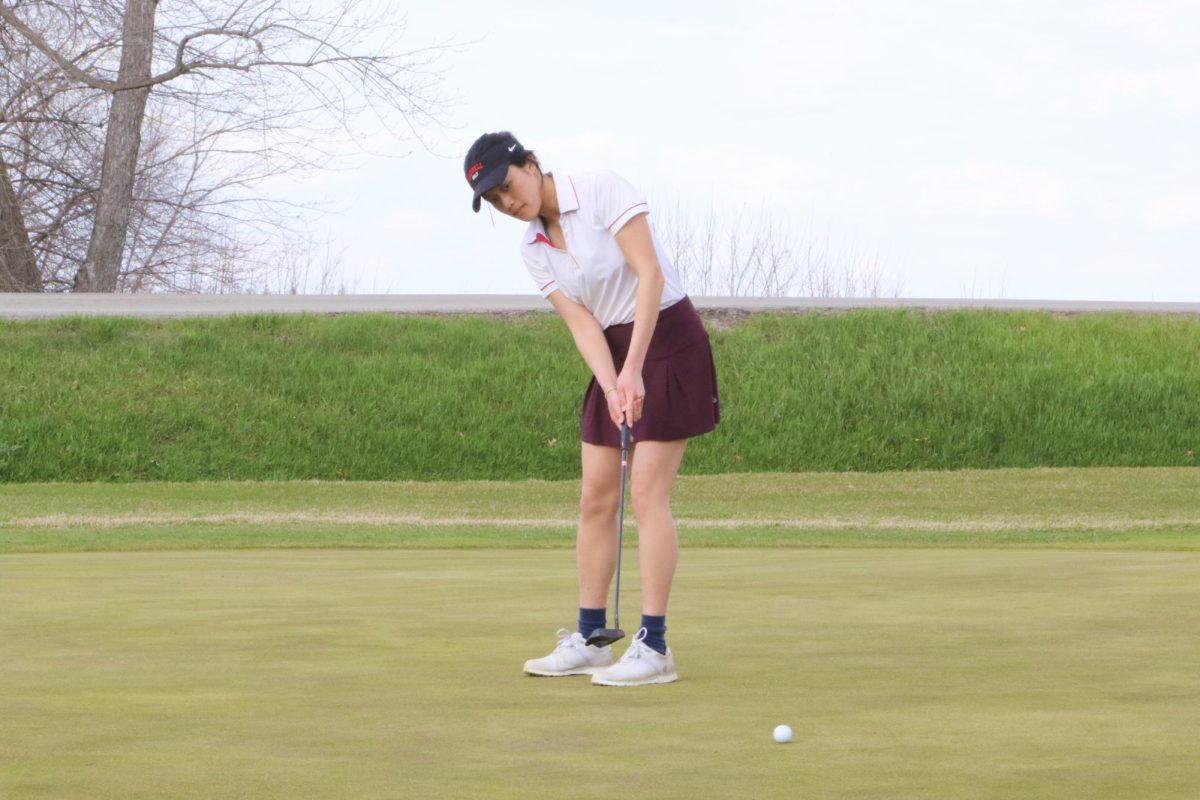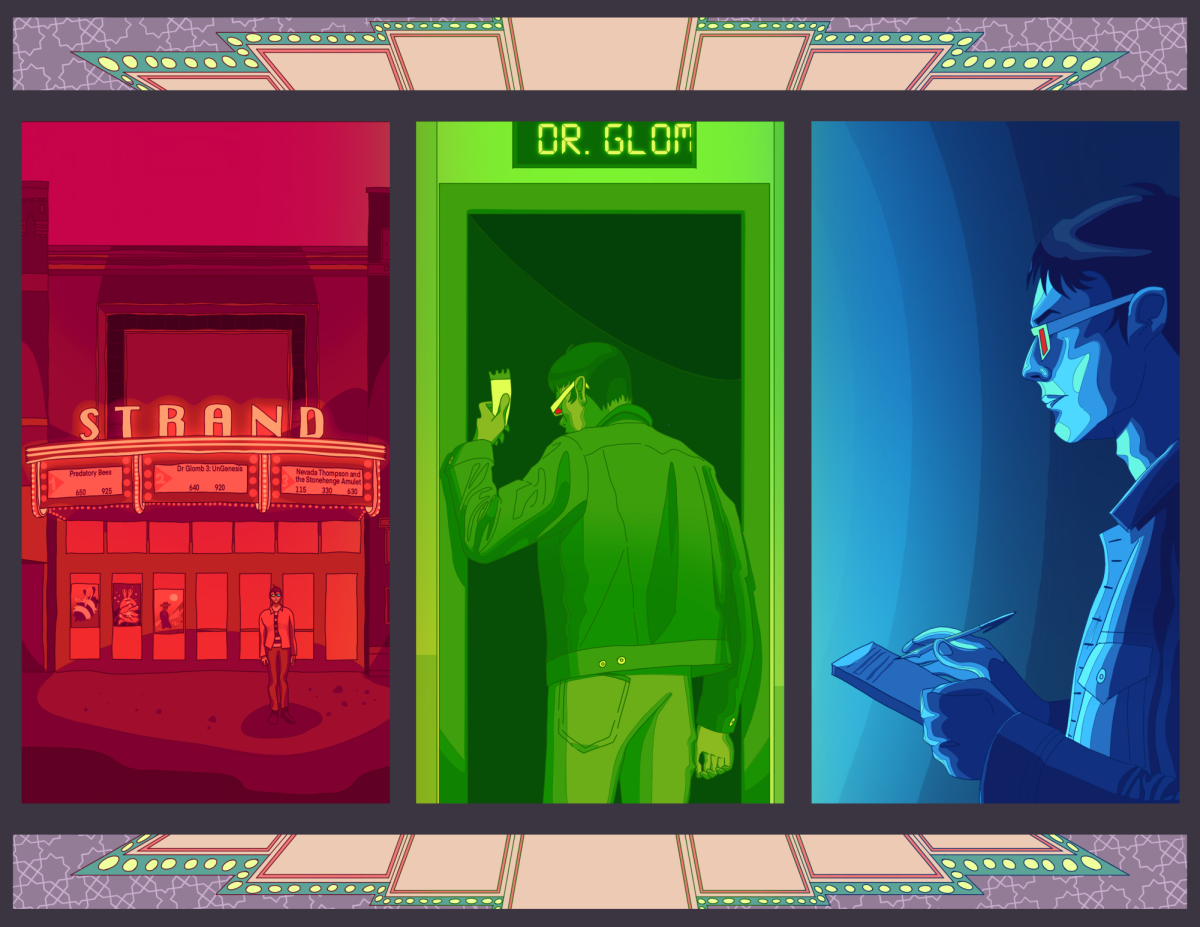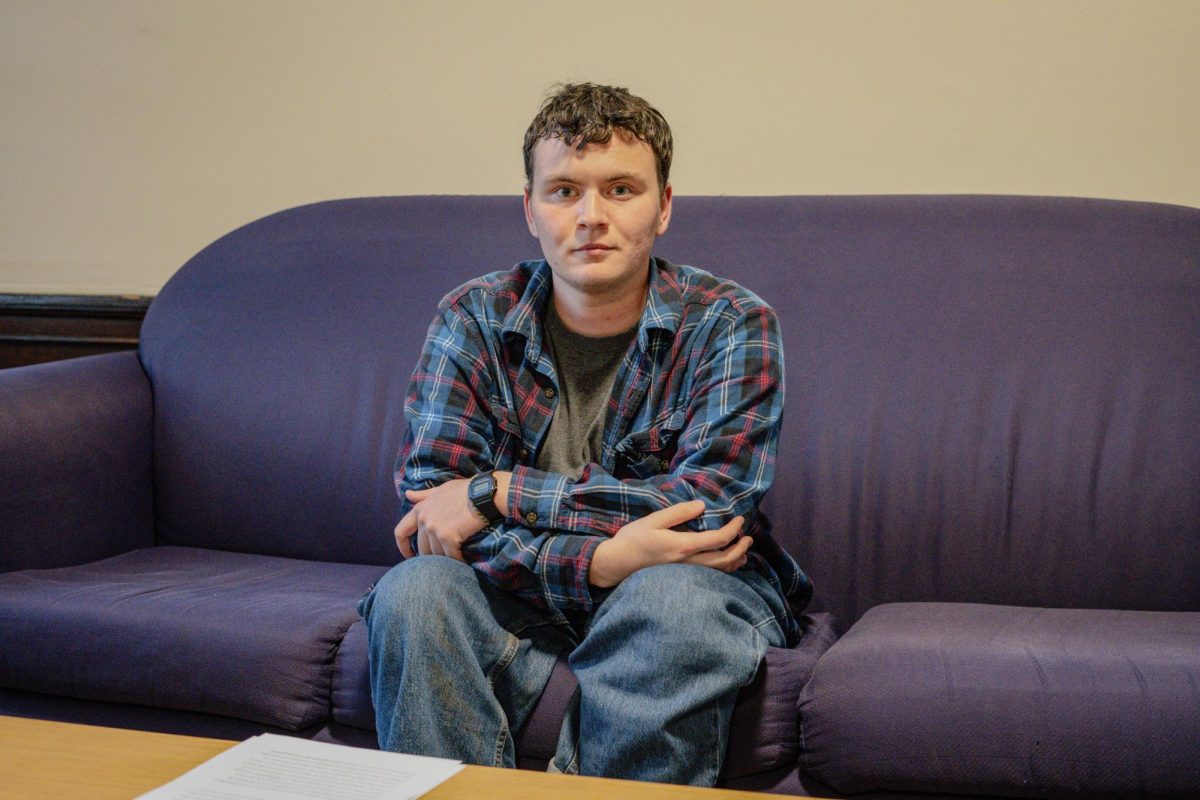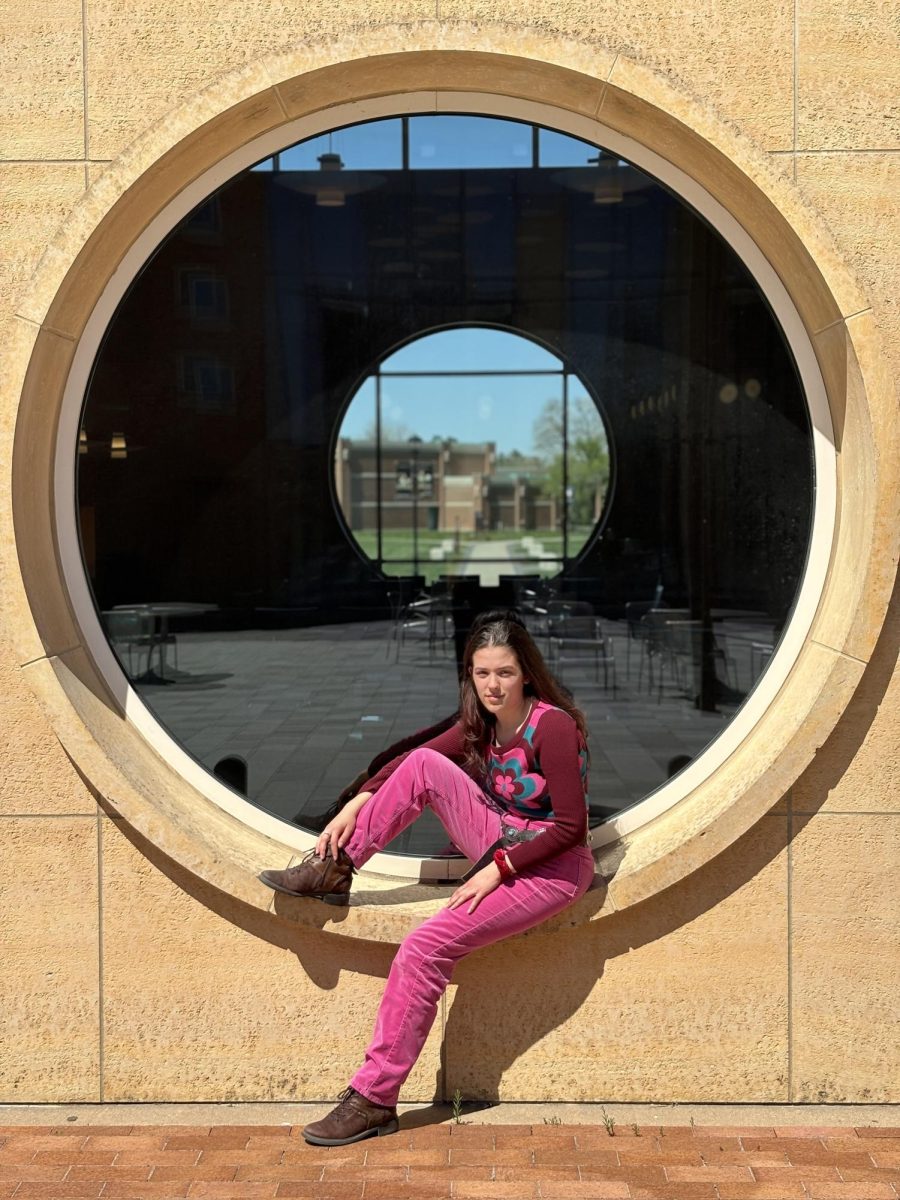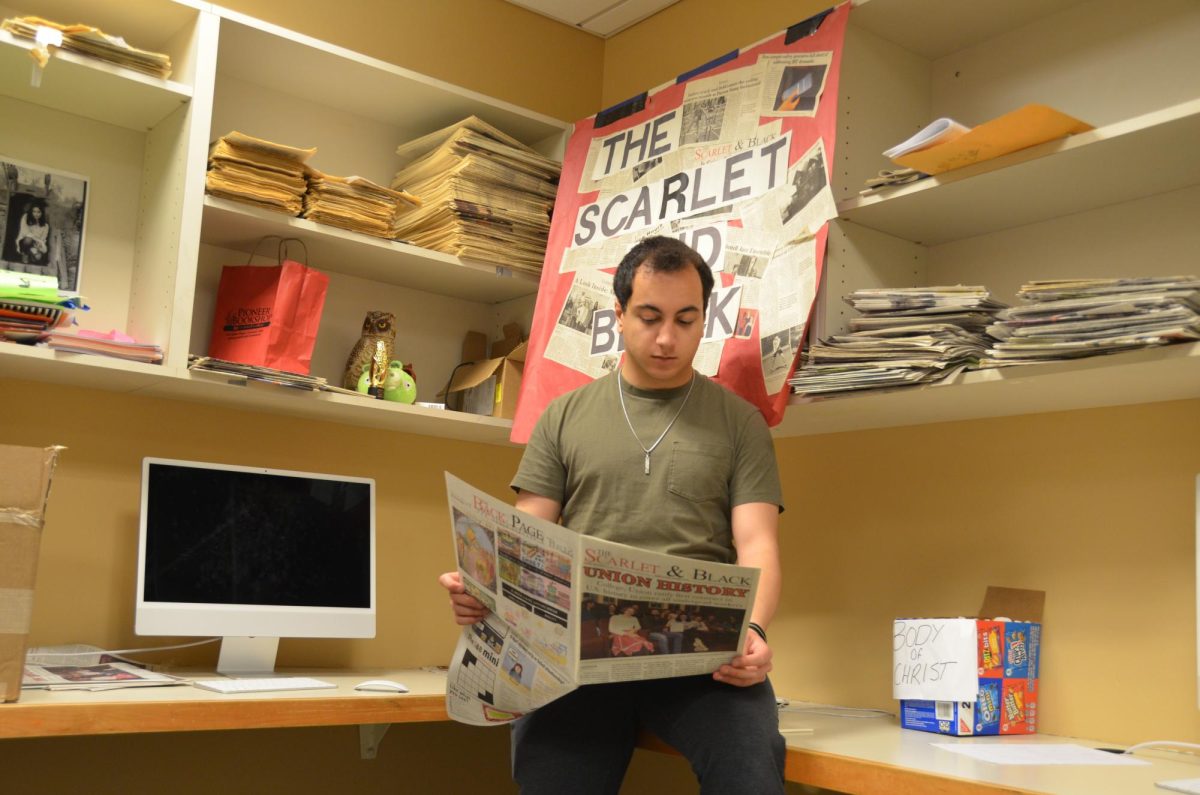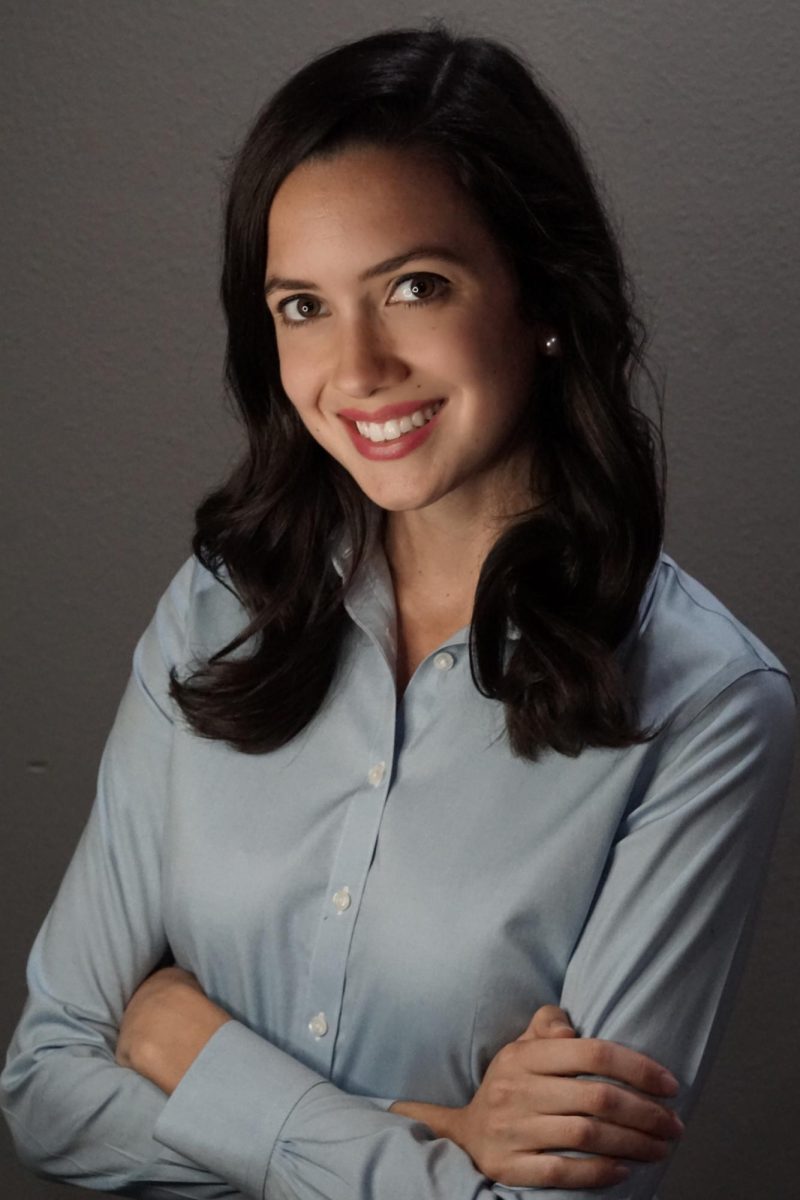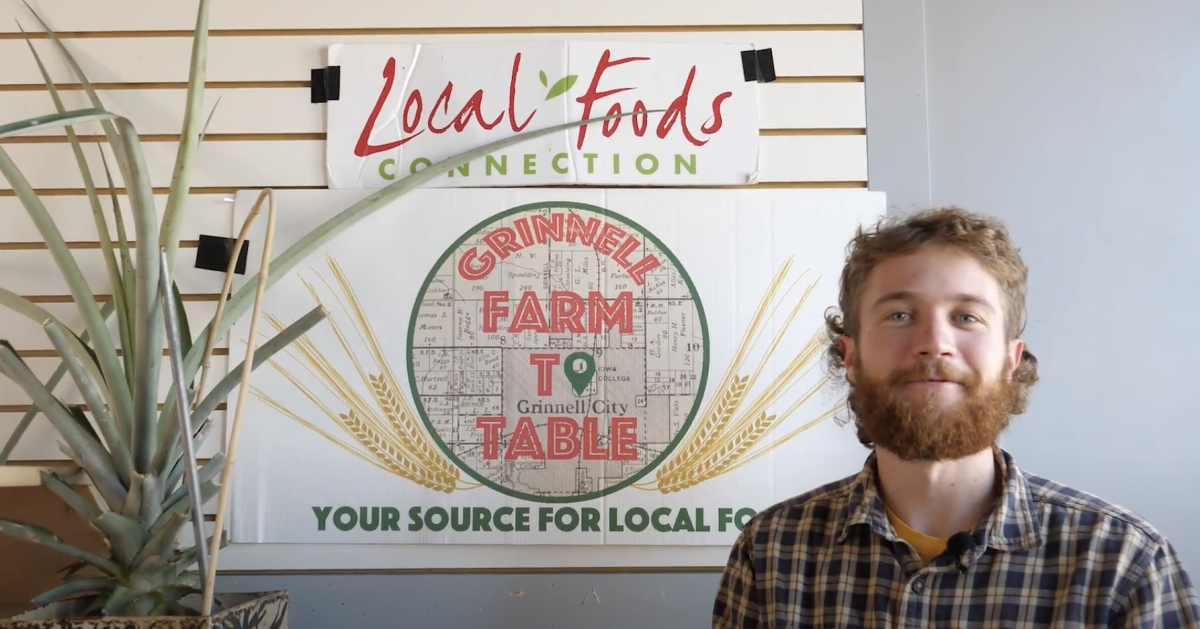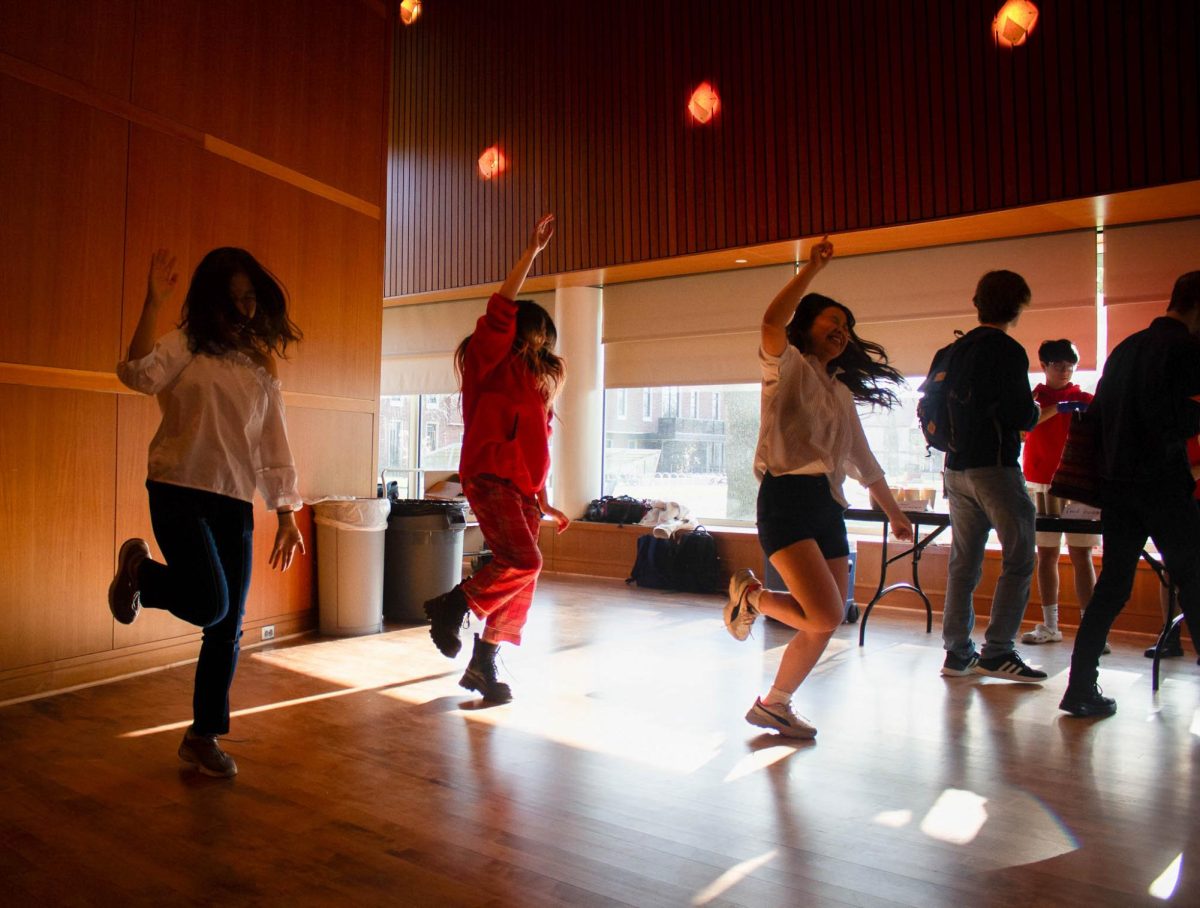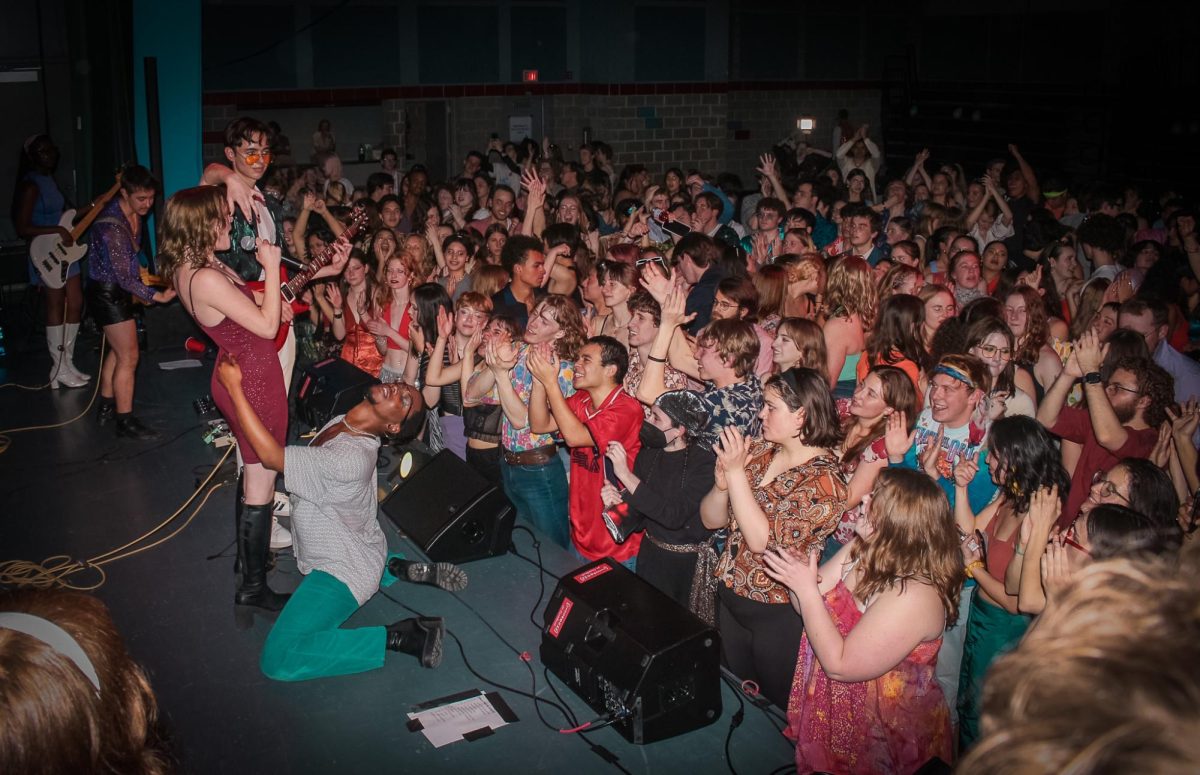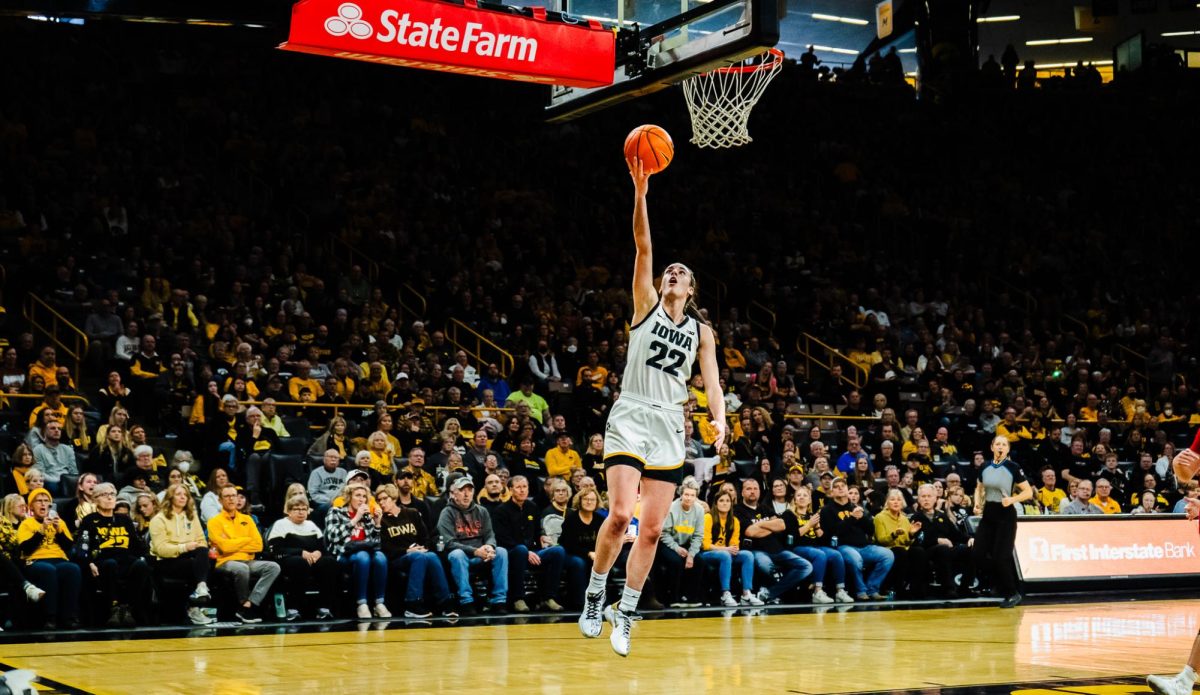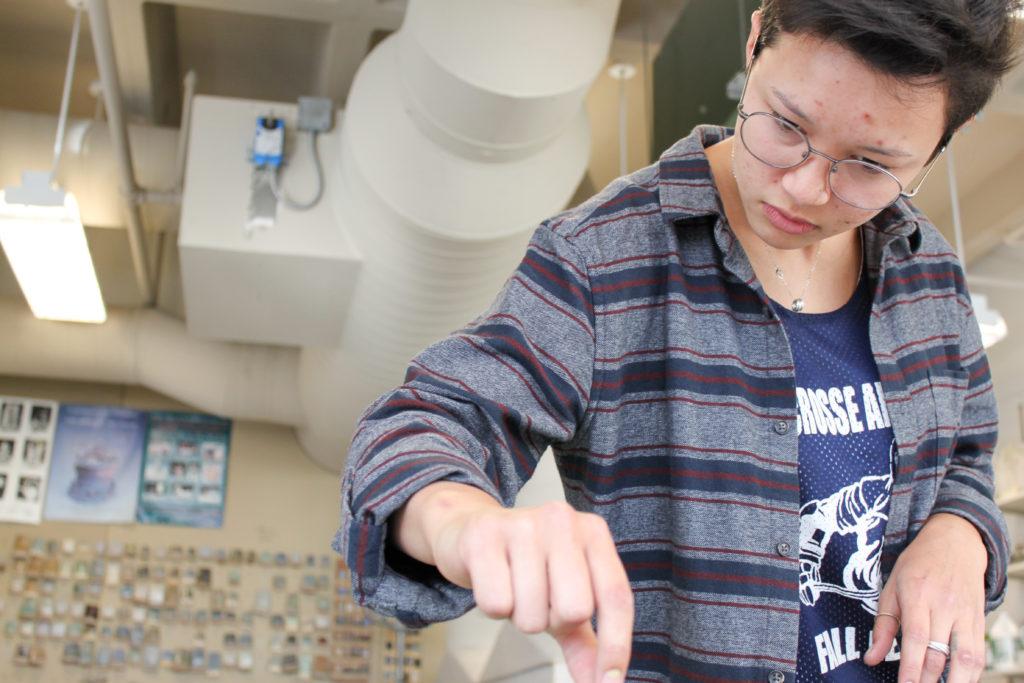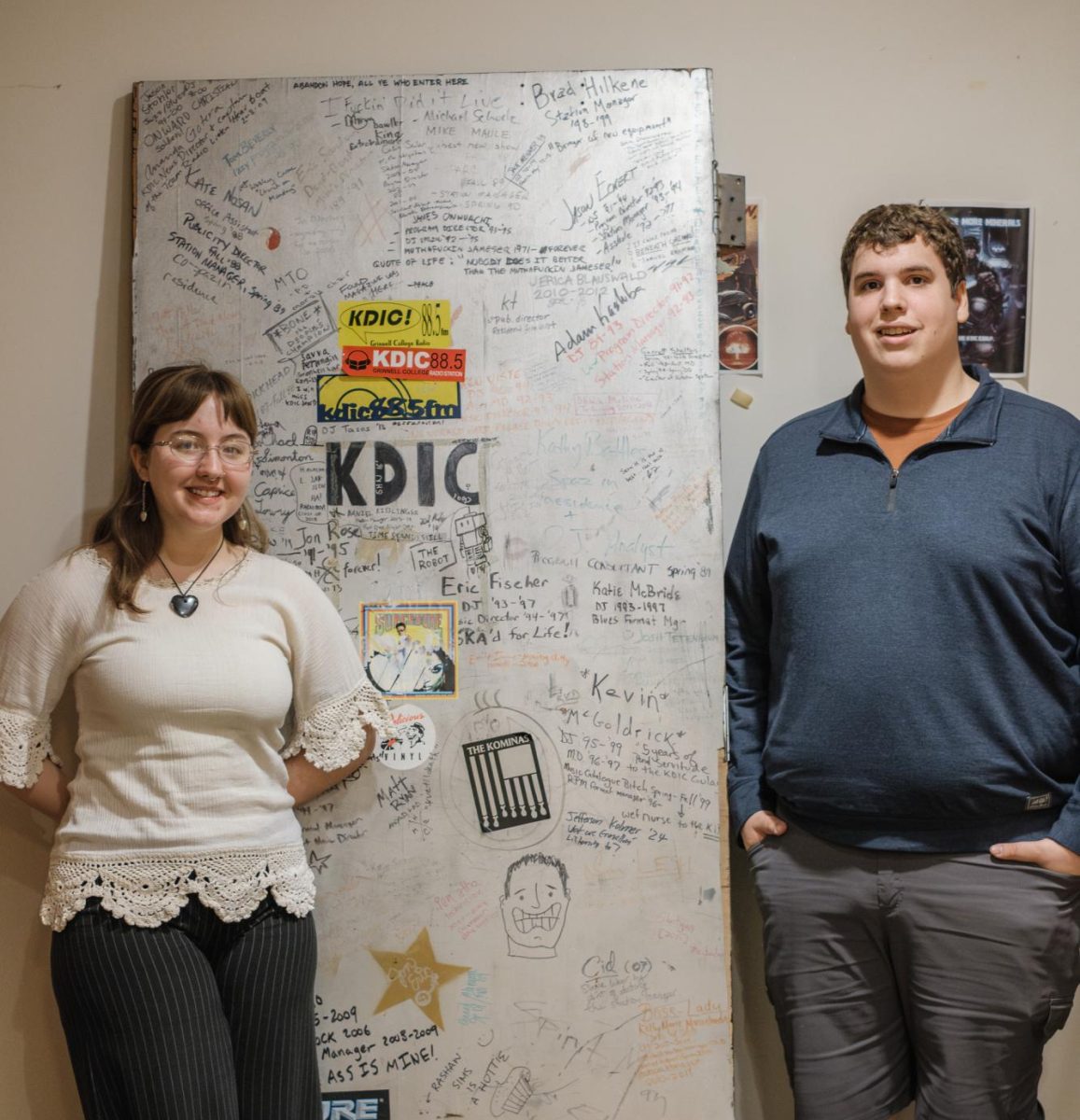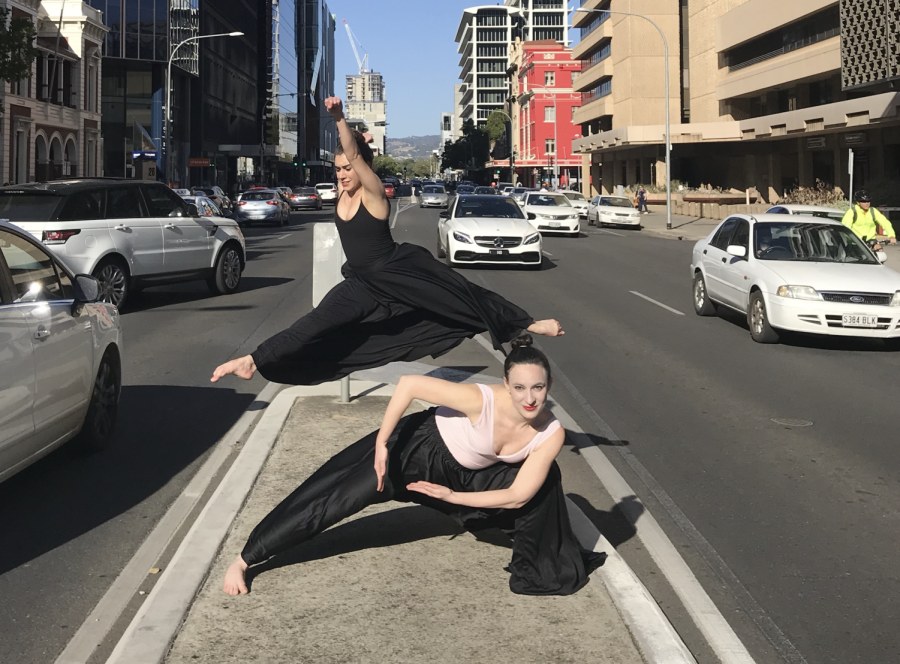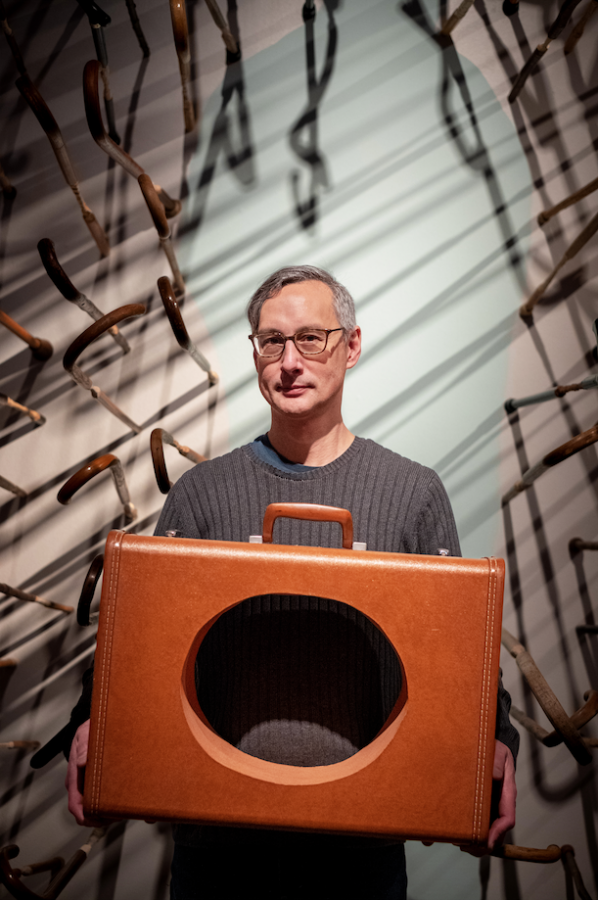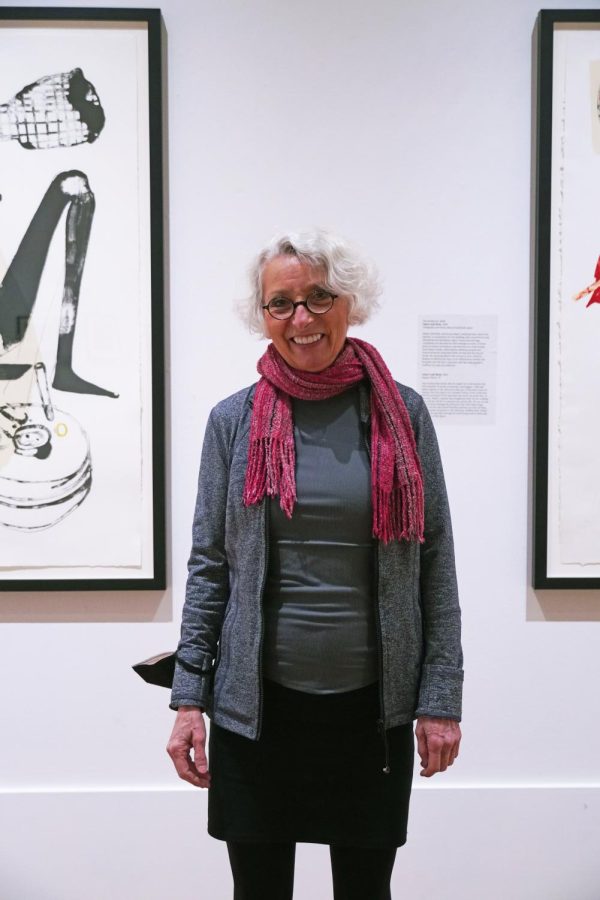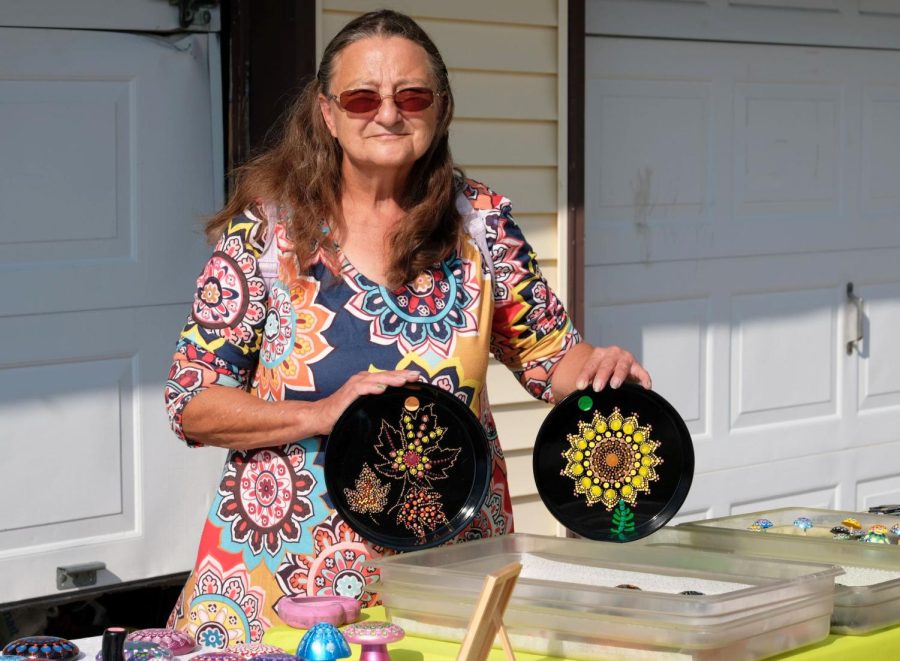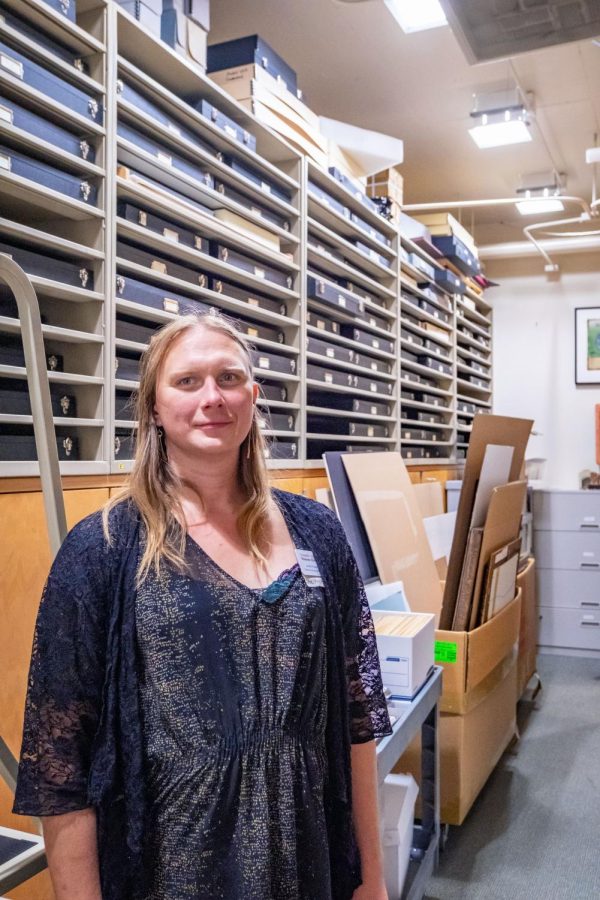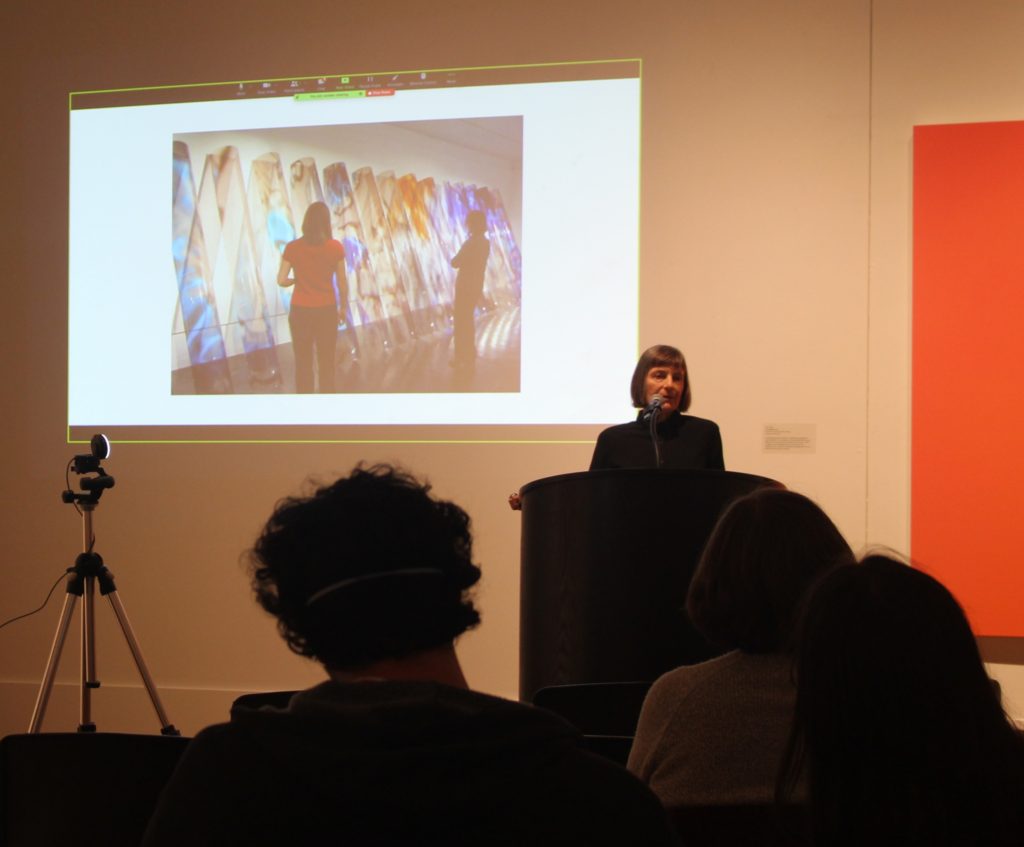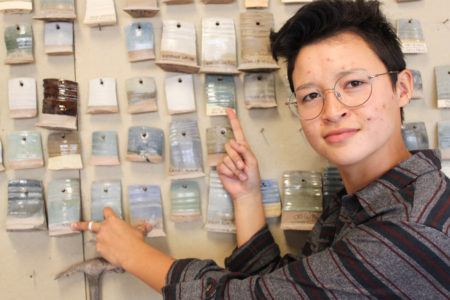
Megan Tcheng
tchengme@grinnell.edu
When Julia Broeker ’17 creates art, they dedicate themself to it completely. Time becomes a fluid measure. Seconds, minutes and hours trickle by with little recognition or distinction. Physical needs easily go unnoticed. Ultimately, driven by their timeline of experimentation and creation, Broeker and their art freely travel through time and space.
“My mind is at its quietest when I make art,” Broeker explained, confessing to the nuances of their artistic process. “When I’m in a successful, creative place, I usually lose complete track of time. I don’t get hungry. I don’t notice that I’m thirsty. Before I know it, three hours have gone by.”
From their position directly across from me, at a table nestled above the Grill, Broeker radiated an air of modesty and natural introspection. When asked a new or particularly difficult question, Broeker often hesitated and gathered their thoughts before diving into a response. Their mannerisms, in turn, echoed the thoughtful, detail-oriented tone of their artwork.
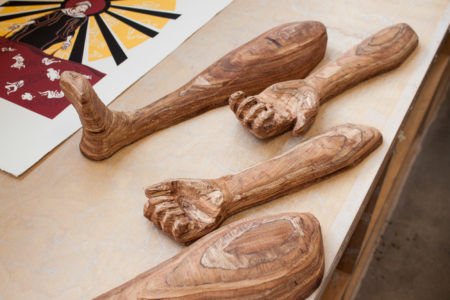
As a prominent member of the Grinnell arts scene, Broeker approaches their art with the same air of relaxed, effortless and unassuming confidence that they employ throughout their day-to-day life. With creative models that range from the works of prominent artists like Jean Michel Basquiat and Cy Twombly to obscure, post-World War II photography exhibits, Broeker quickly pointed out the importance of engaging with different communities of artists. Specifically, Broeker emphasized the formative nature of Grinnell’s art department.
“One of the best parts about being an artist at Grinnell is being in a place with a lot of creative people. The best resource for an artist is other artists. It’s important to talk to people, [share] your ideas and collaborate,” Broeker added.
Over the course of their four-year long artistic career at Grinnell, Broeker has experimented with a range of different mediums and art forms. With a portfolio that ranges from sketch work to sculpture, Broeker seamlessly adopts a multi-layered platform of artistic expression.
However, for Broeker, one of the most captivating and rewarding aspects of the artistic process is the creation of a physical product. Their most recent work, which experiments with the medium of woodblock printing, directly engages with the tactile nature of their art.
“Humans are always in the process of consuming – whether it’s TV or music or books,” Broeker mused. “I enjoy the manual labor of making art. I’ve tried different mediums, [like] digital art, but there’s not always the same intimacy of working with a material… There’s something special about the process of creating and making something.”
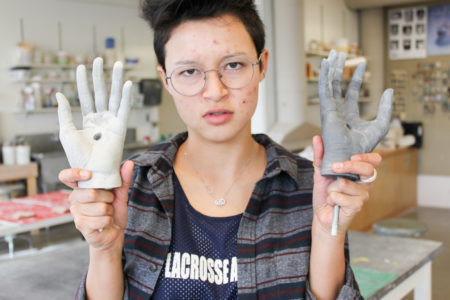
Over the course of our conversation, Broeker comfortably delved into the specifics of their artistic endeavors. When asked to describe their personal perspective as an artist, however, Broeker pushed back against common definitions of what it means to identify as an artist.
“I don’t really think of myself as an artist in my daily life,” Broeker said. “Rather, my art has helped me to become more observant. I don’t like being cocooned up. I try not to wear headphones when I walk, because I like being able to listen, eavesdrop and be aware of the people around me.”
As a fourth year anthropology major, Broeker manipulates their art in order to interact with and make sense of the world around them. Amidst the intensity of Grinnell academics and the demands of college life, Broeker values art’s ability to help balance their wide-ranging commitments and connect them with their surrounding community. Unsurprisingly, Broeker’s academic world often inspires and directly transfers over to their academic pursuits.
Reflecting on their most creative environment, Broeker explained, “I do most of my doodling in class. It helps me focus because I get to look at something else while I’m listening. Rather than being hyper aware of what I’m doing, it creates a kind of disconnect between me and my art. That prevents me from being hypercritical and allows me to focus on my art in a different way.”
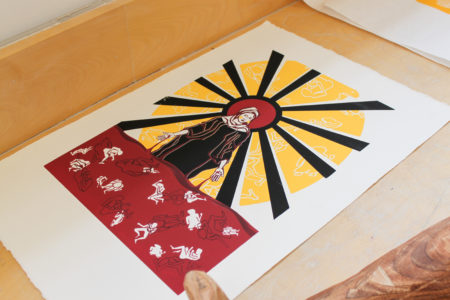
Alternating between anthropology lectures and their intensive studio art seminar, Broeker depends on their notes and margin doodles for artistic inspiration. Often times, however, it can be hard to execute their ideas to a ‘T’.
When asked to identify the most challenging part of creating art, Broeker hesitated before responding. “There are very few moments when you think of something in its completion and you’re able to create it exactly as you first imagined it. By the time you get to a product, it is almost always extremely different from what you started with.”
For Broeker, however, the process of adapting and formulating their art is well worth the wait. As our conversation began to wind down, I asked Broeker to share their words of wisdom for any fellow artists and individuals looking to express themselves creatively. Broeker kept their answer short and sweet.
“It’s not really about what you’re going to say or what you’re going to create,” Broeker advised. “Find a way to enjoy the process.”
